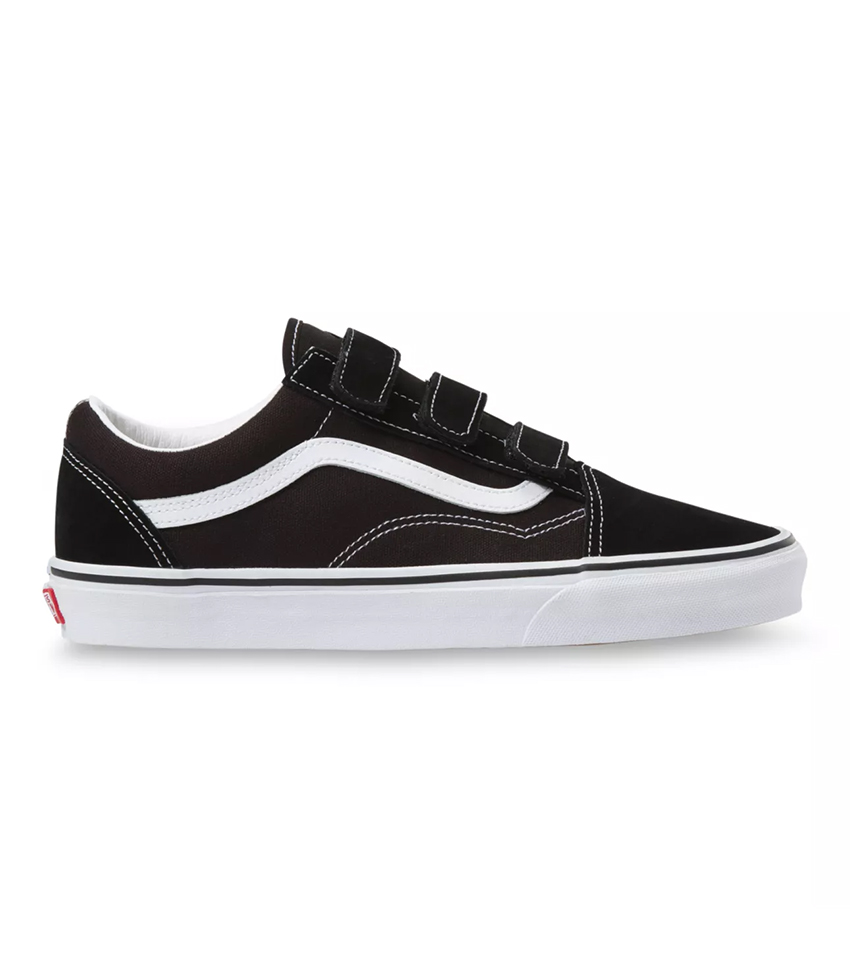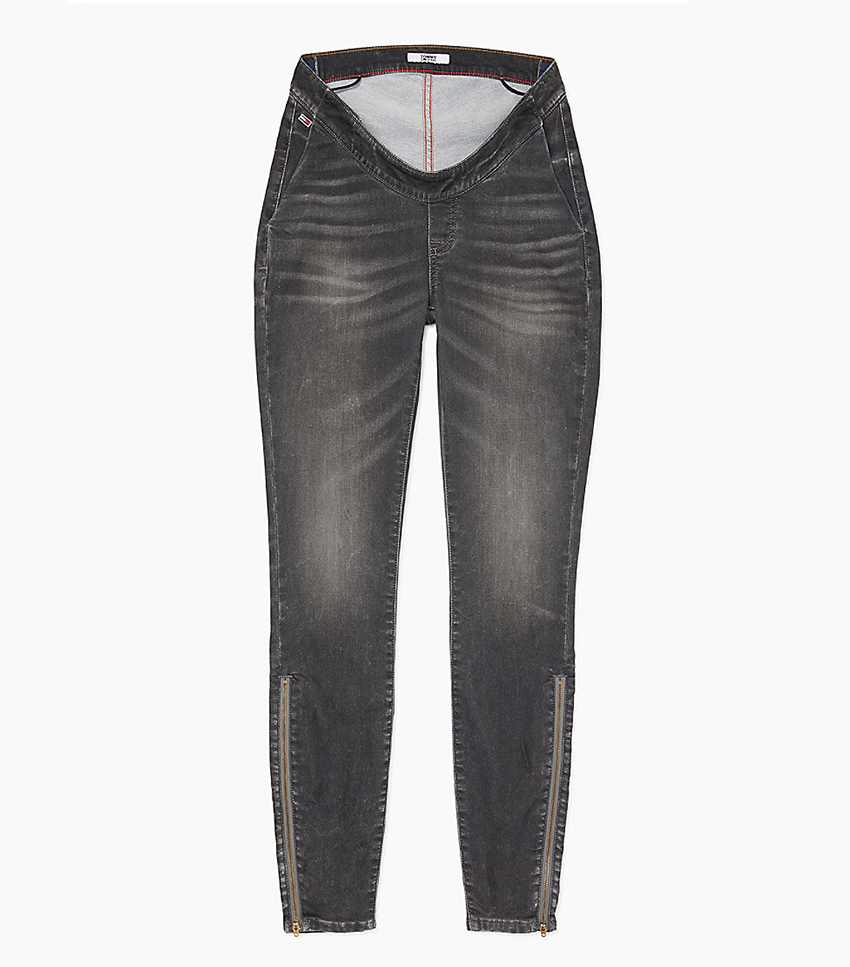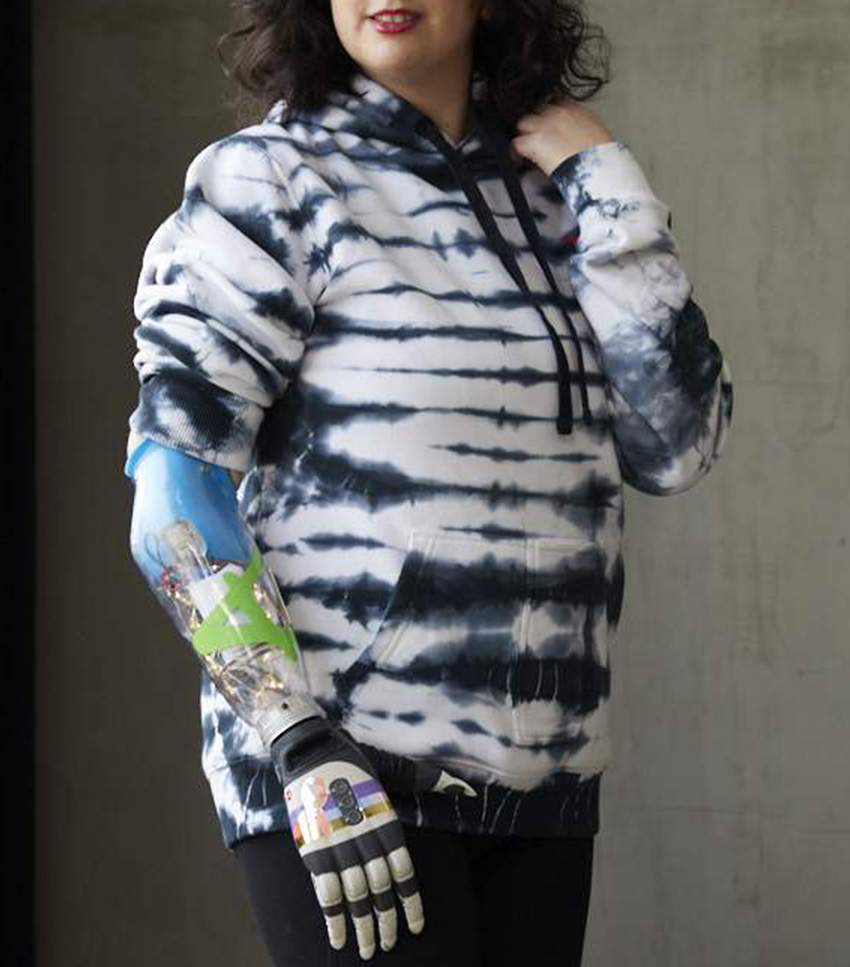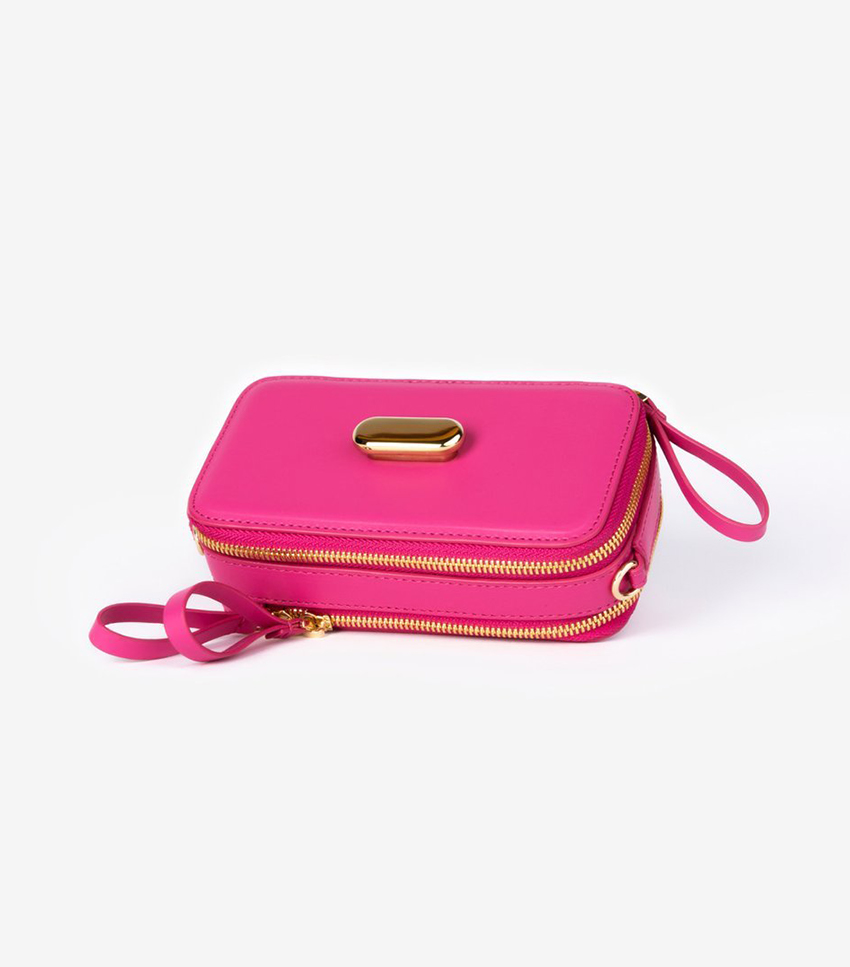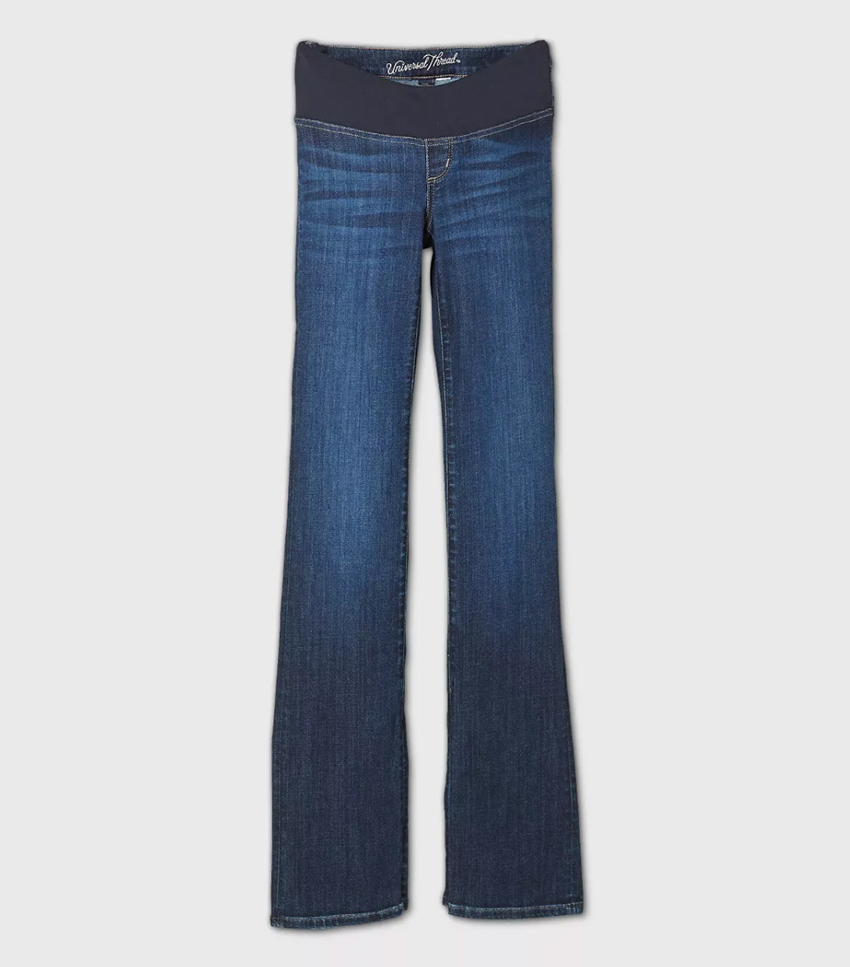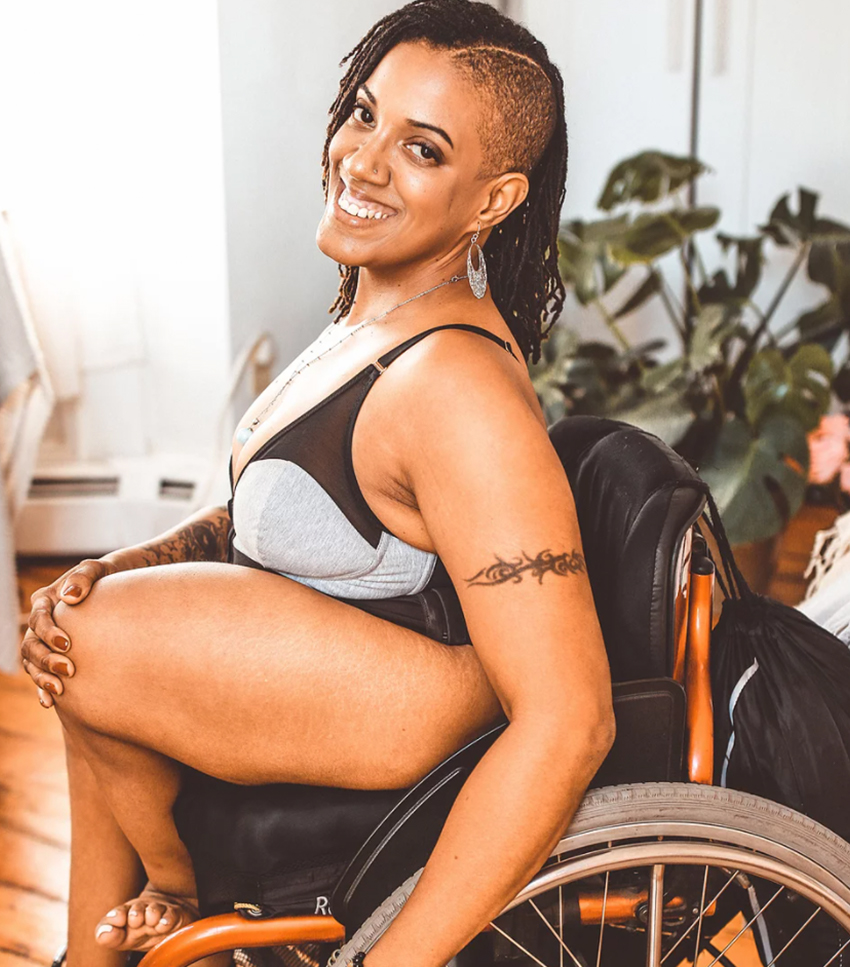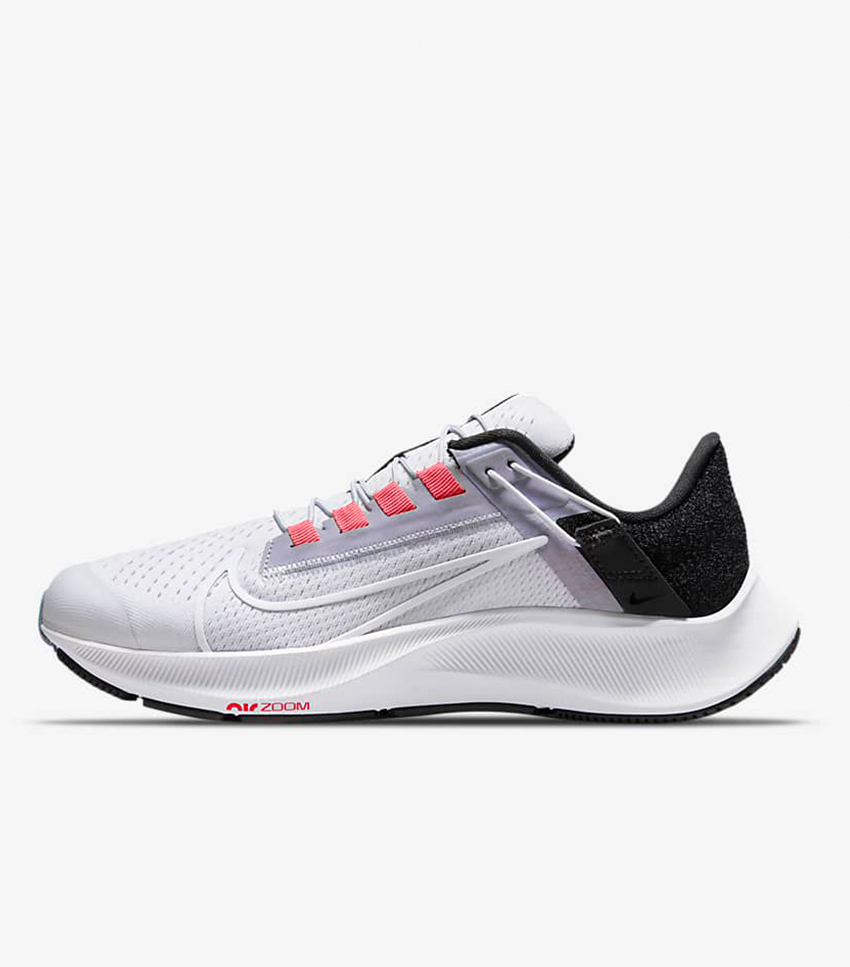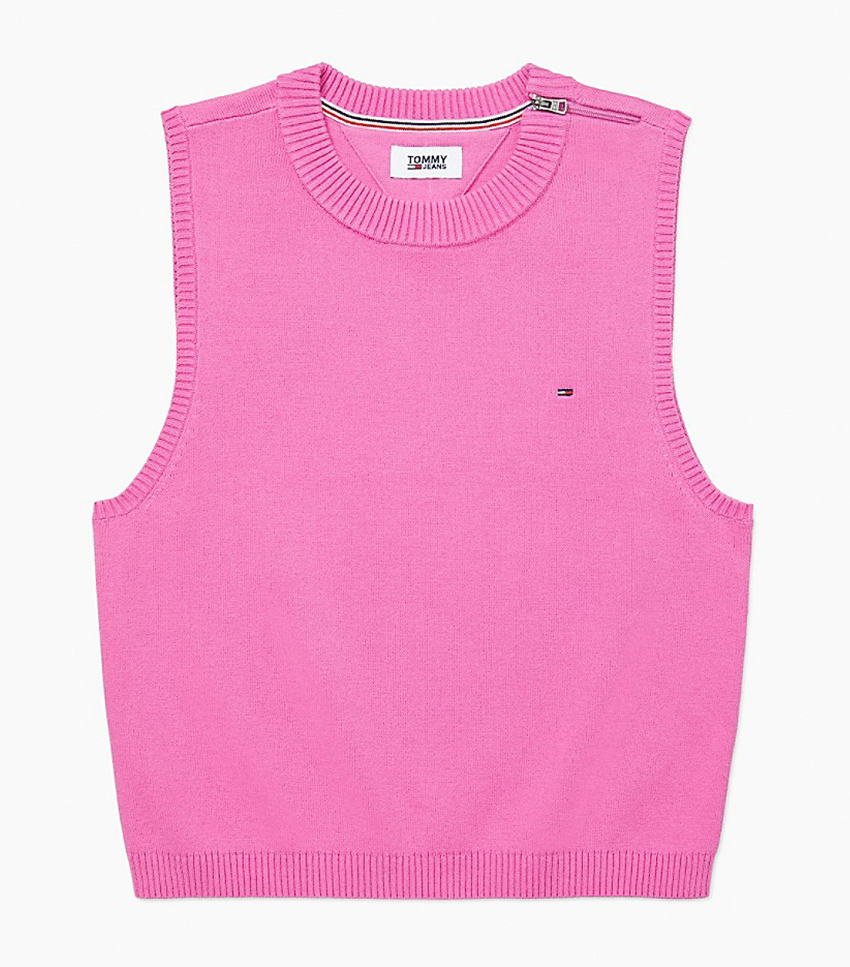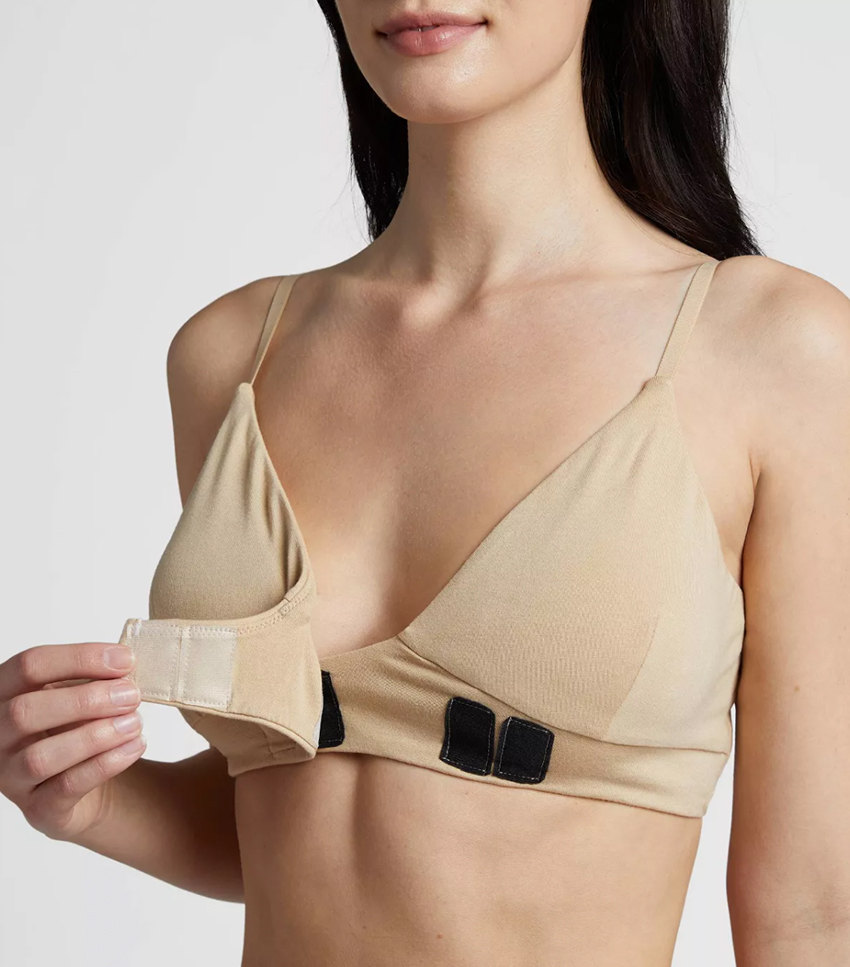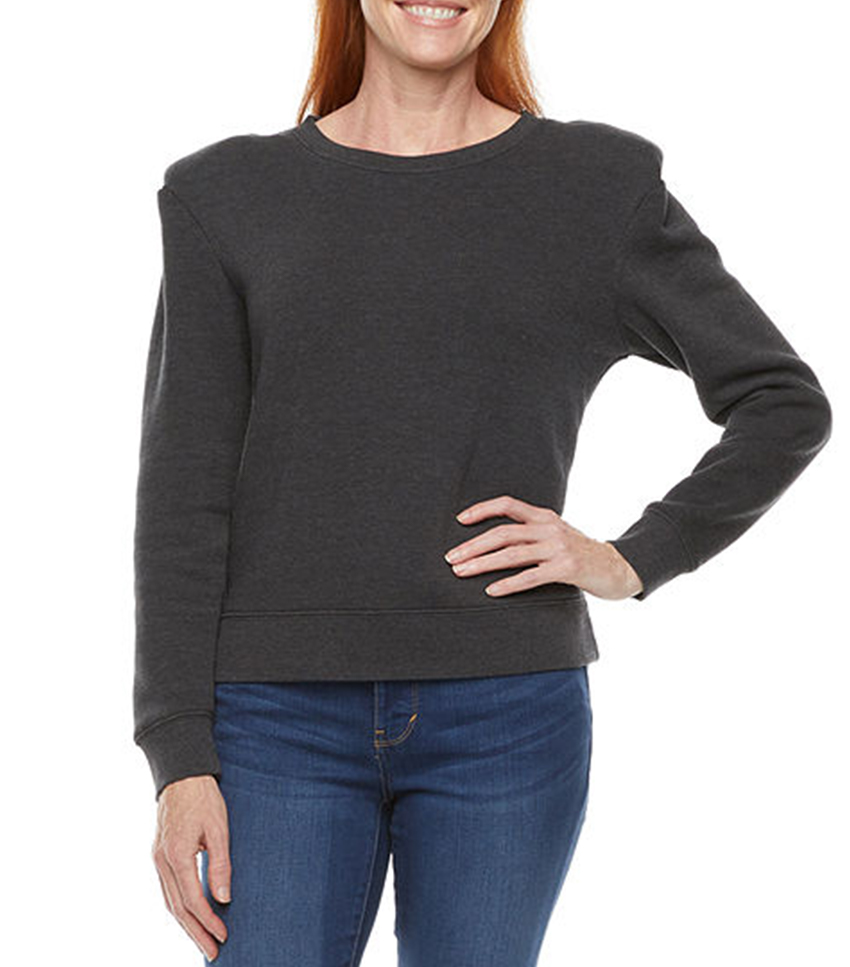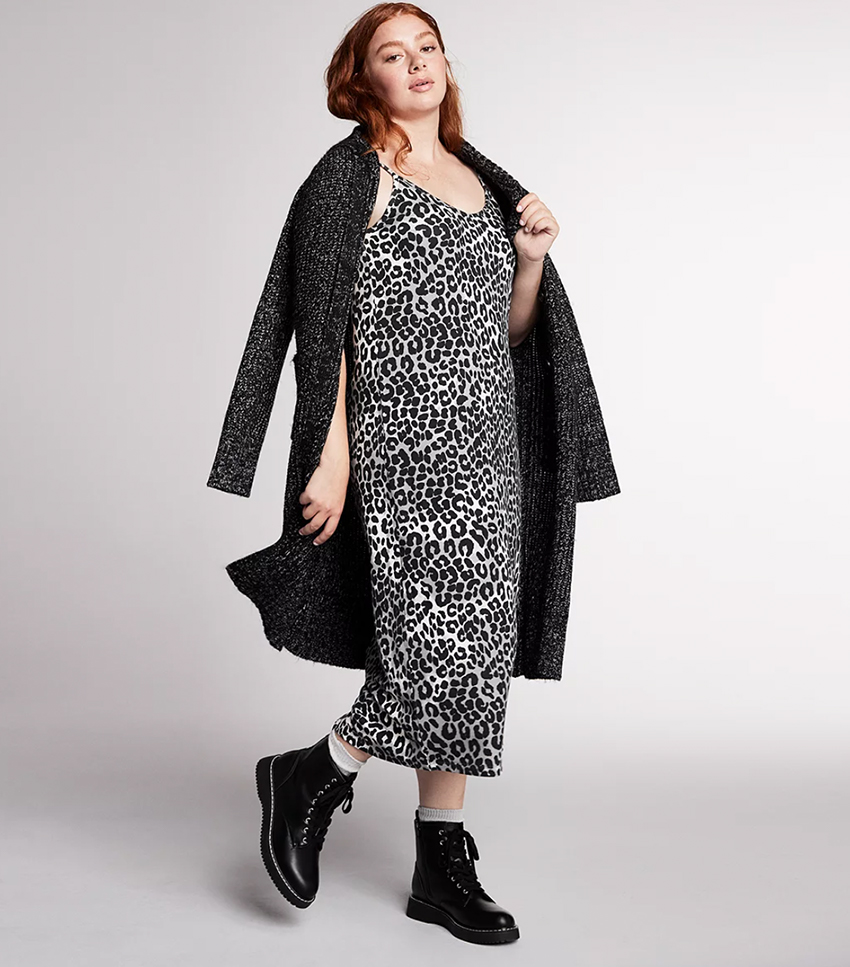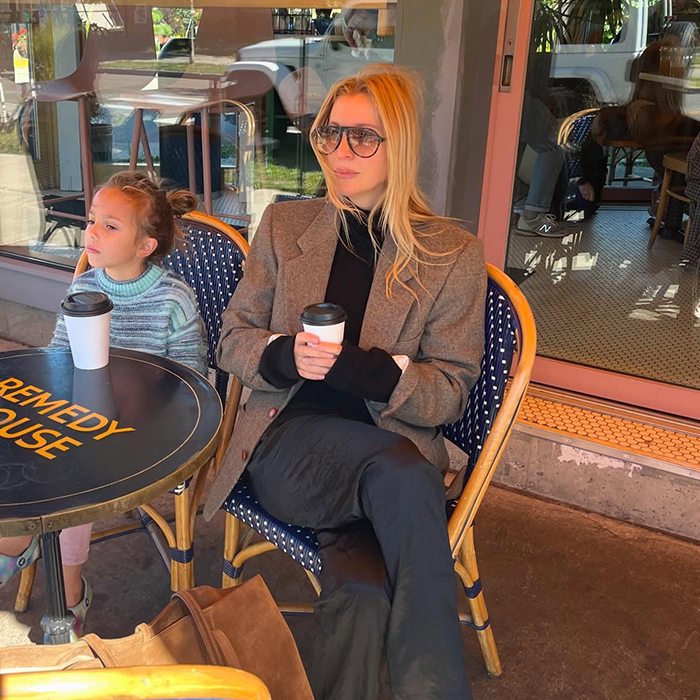Adaptive Clothing Is the Future, and These 3 Leaders Are Changing the Game
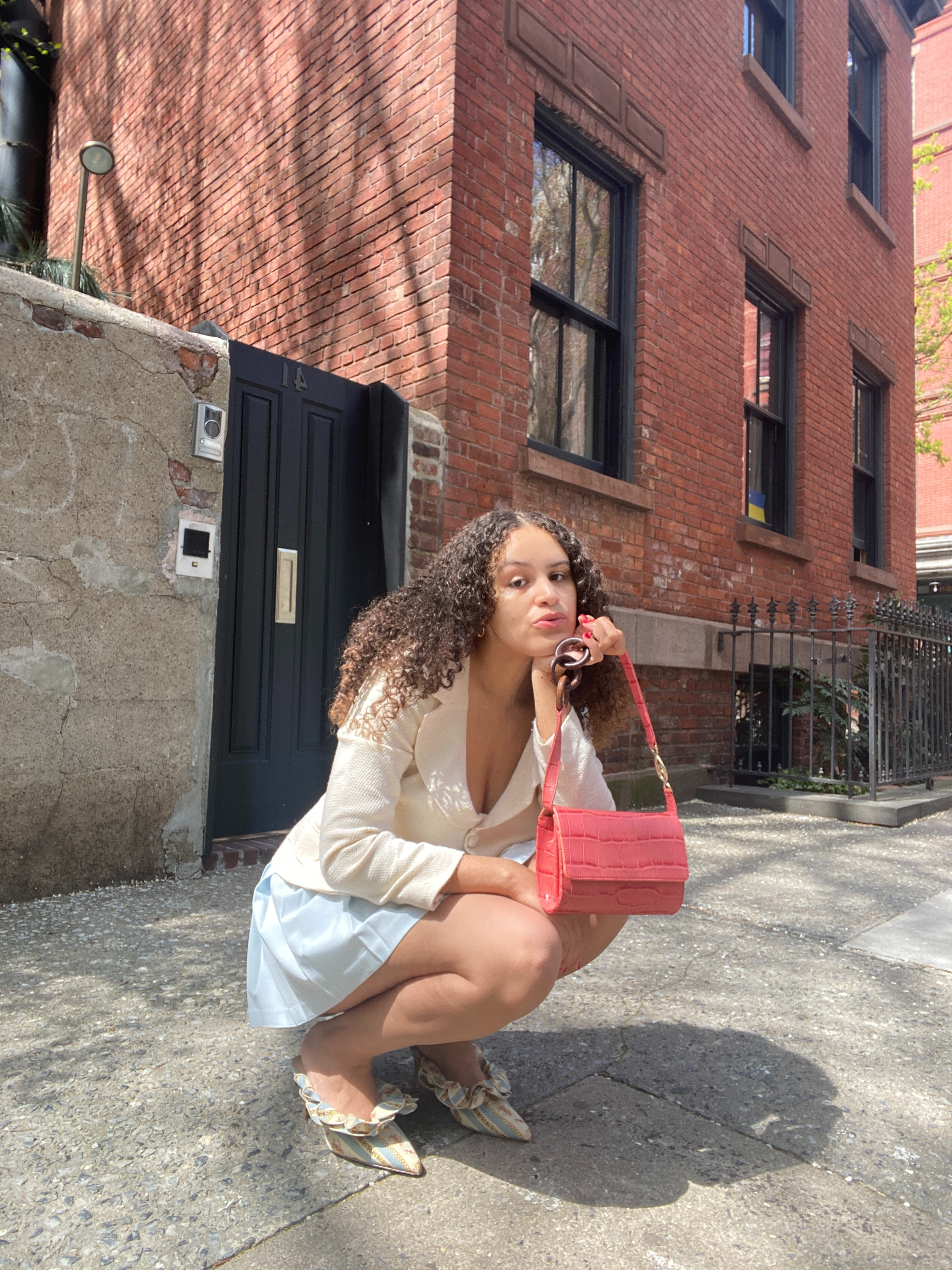
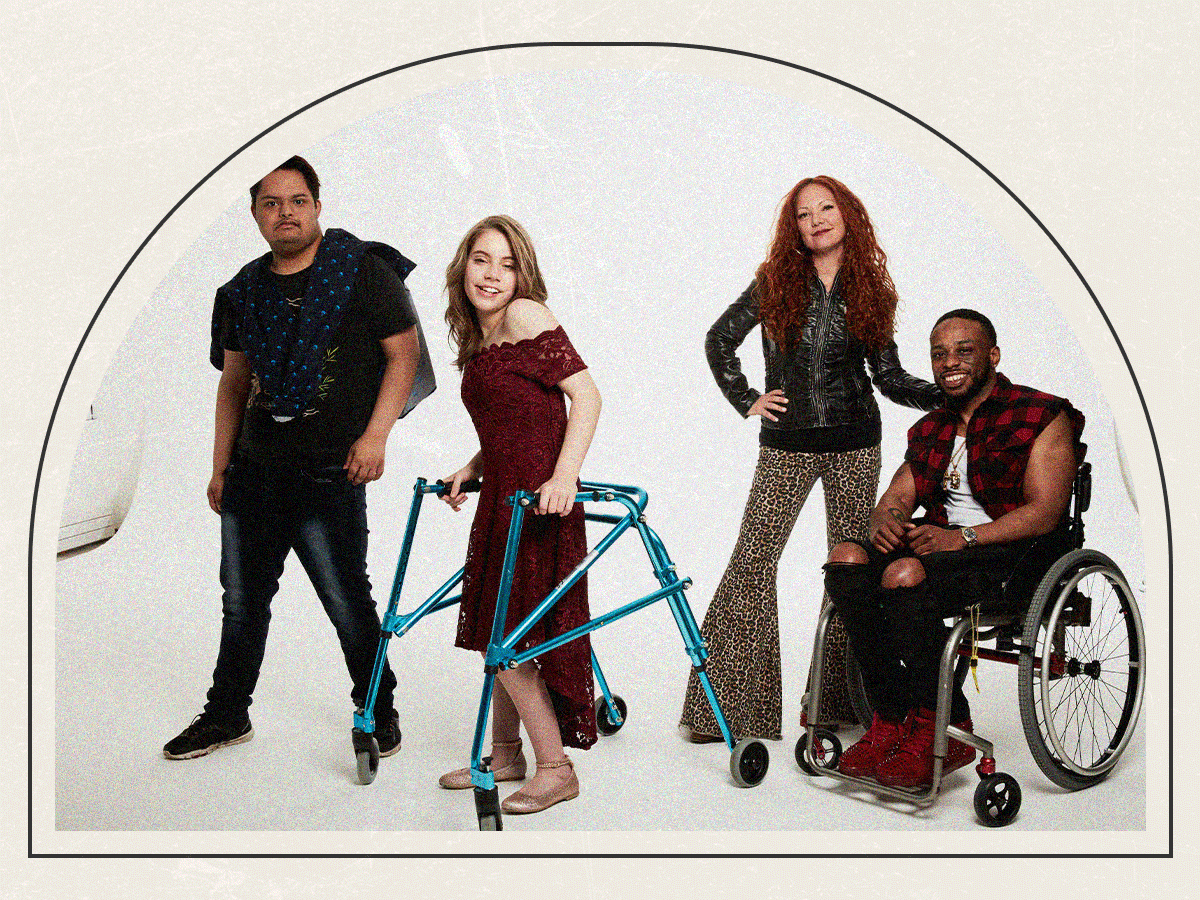
One of our basic and universal needs—besides food, shelter, and security—is clothing. Clothing is a part of every person’s daily life, whether or not they consciously think about it. From what we choose to wear to how denim production impacts the planet, the common thread the fashion industry has woven throughout the world is undeniable. Of course, this universality has always been at the forefront of priorities within the industry. It’s well-documented that exclusivity rather than inclusivity has been the driving force for a long time. This is why Black photographers struggle to secure cover shoots, why xenophobia still exists in the industry, why size inclusivity is still an afterthought, and why the adaptive-clothing market hasn’t been taken seriously.
Despite the estimated $490 billion spending power within the disabled population, the efforts toward dismantling ableism within the industry through hiring disabled models and producing adaptive clothing have been slow. But it’s certainly not a lost cause. There are a few trailblazers who continue to lead the way. Ahead, we spoke with three founders who are curating, creating, and educating the fashion industry and the world at large about adaptive clothing. For these creatives, their work is about more than building a fashion brand, shopping adaptive-fashion brands, or even changing the industry—it’s about making fashion truly accessible to everyone.
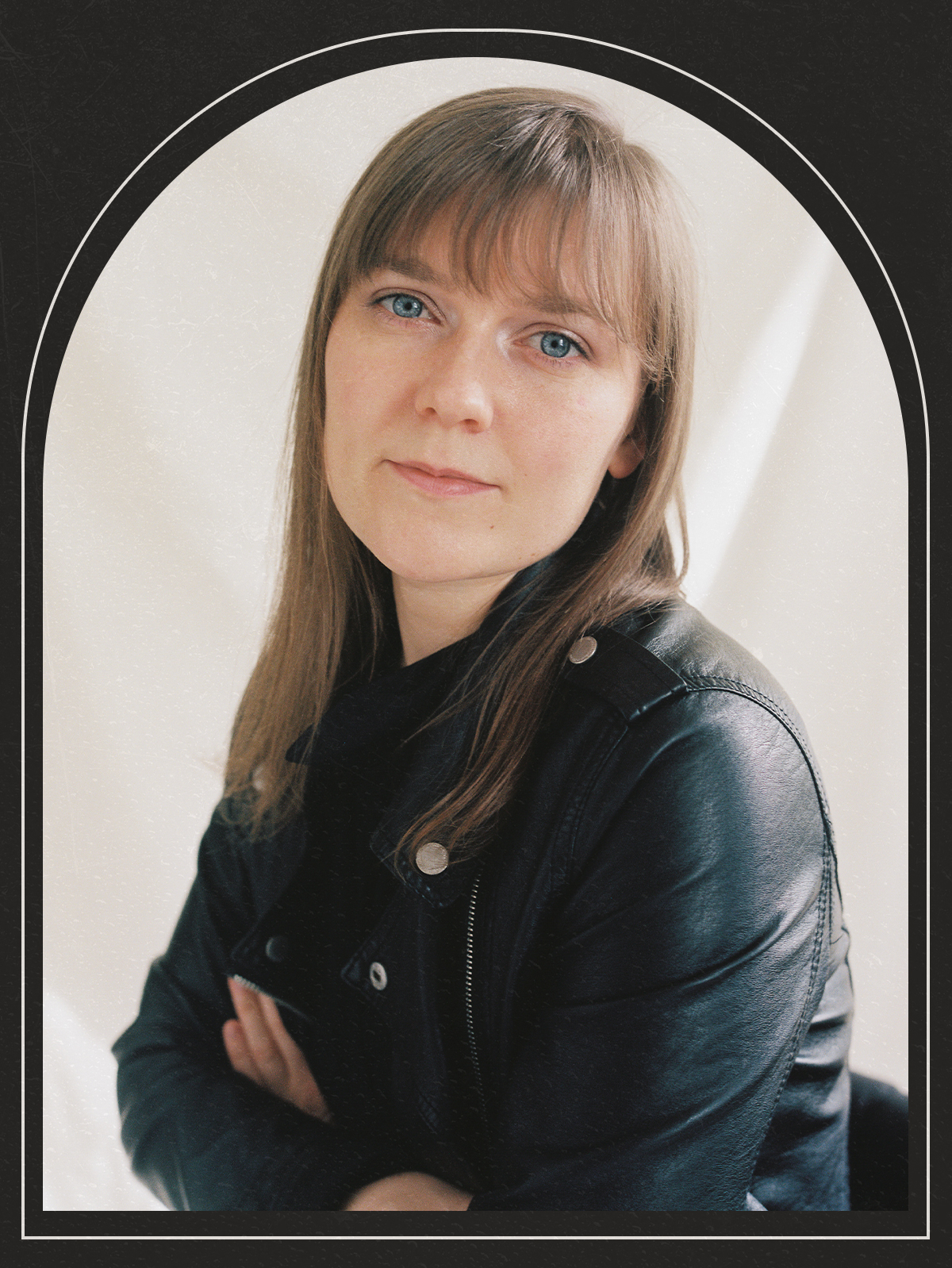
WHO: Meredith Aleigha Wells, co-founder of Social Surge
Let’s start at the beginning: What compelled you to enter the adaptive-clothing market?
I’ve always loved fashion as a nonbinary and disabled person, but that love hasn’t always been reciprocated. I’m often forced to choose between function or fashion or, even worse, between the men’s or women’s section. My frustrations with fashion and clothing came to a boiling point when I became connected with my collaborators. Together, we channeled those frustrations into creating Social Surge, a universally designed, ethically sourced, and sustainably made clothing line for all.
How do you define adaptive clothing?
Adaptive clothing, to me, means clothing that is accessible to people with disabilities. Most often, you’ll find adaptive clothing is specialty clothing explicitly made for disabled people. At Social Surge, we take a slightly different approach known as universal design or creating clothing usable by all people, to the greatest extent possible, without the need for adaptation or specialized design.
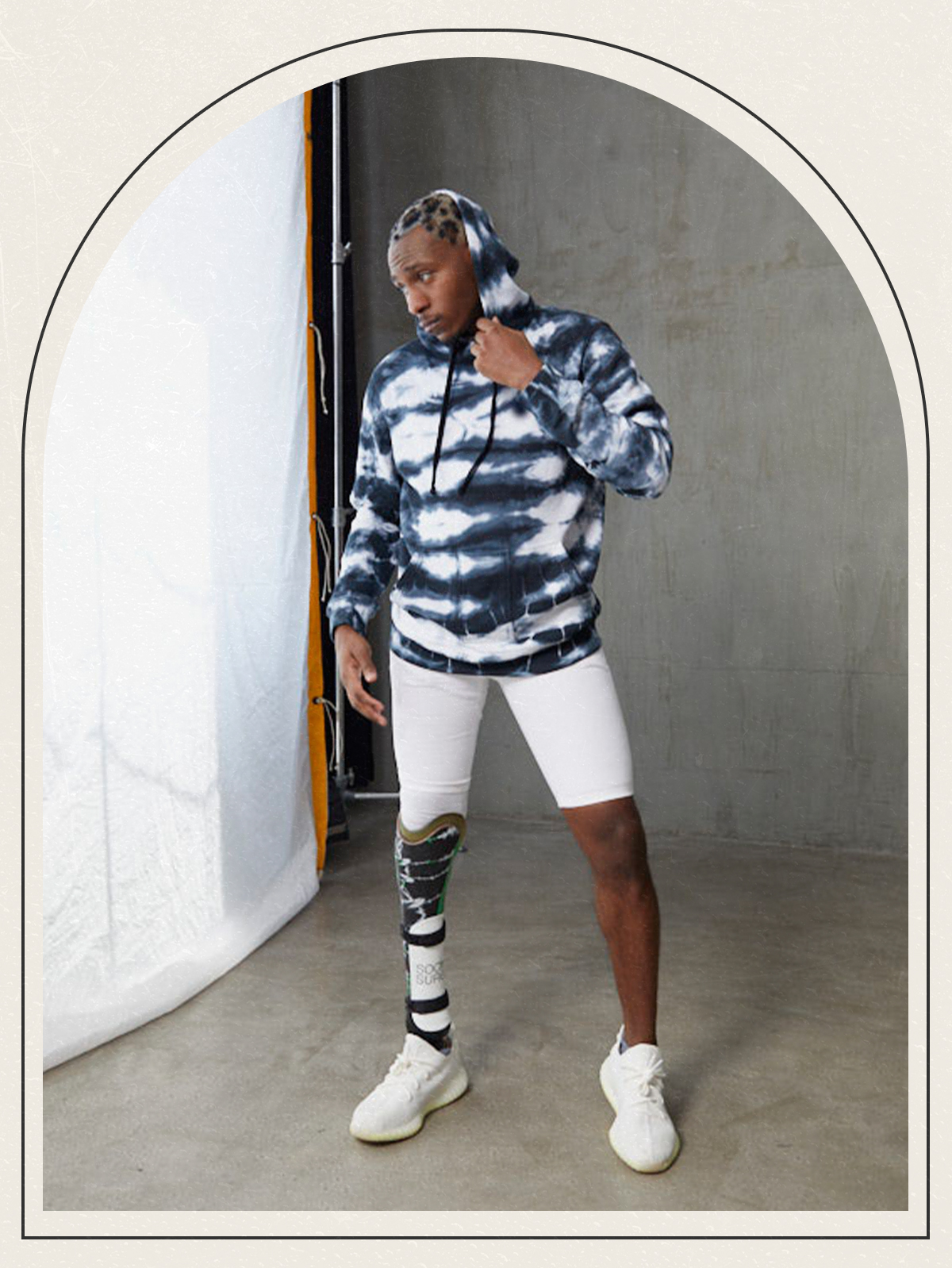
The fashion industry often misses the mark when it comes to producing stylish clothing that is inclusive in every sense. How do you think we can begin to destigmatize disabilities and normalize adaptive, fashion-forward pieces?
We’ve certainly come a long way. There’s a lot more disability representation in fashion, especially in the form of disabled models, which is a significant first step. Unfortunately… just because an article of clothing is on a disabled model doesn’t mean that the garment accommodates their needs or that people with disabilities were involved in creating the apparel before it is worn by the disabled model. There’s this common saying in the entertainment industry regarding disabilities: "Nothing about us without us.” I think the fashion industry could take note.
Fashion is rooted in ableism—what do you think the industry can actually do to be more inclusive, and what are your hopes for the future of fashion?
I think acknowledging that around 15% of the world’s population lives with a disability is the first step. My hope for the future of fashion is that specialty stores for marginalized consumers and gendered clothing sections will be a thing of the past.
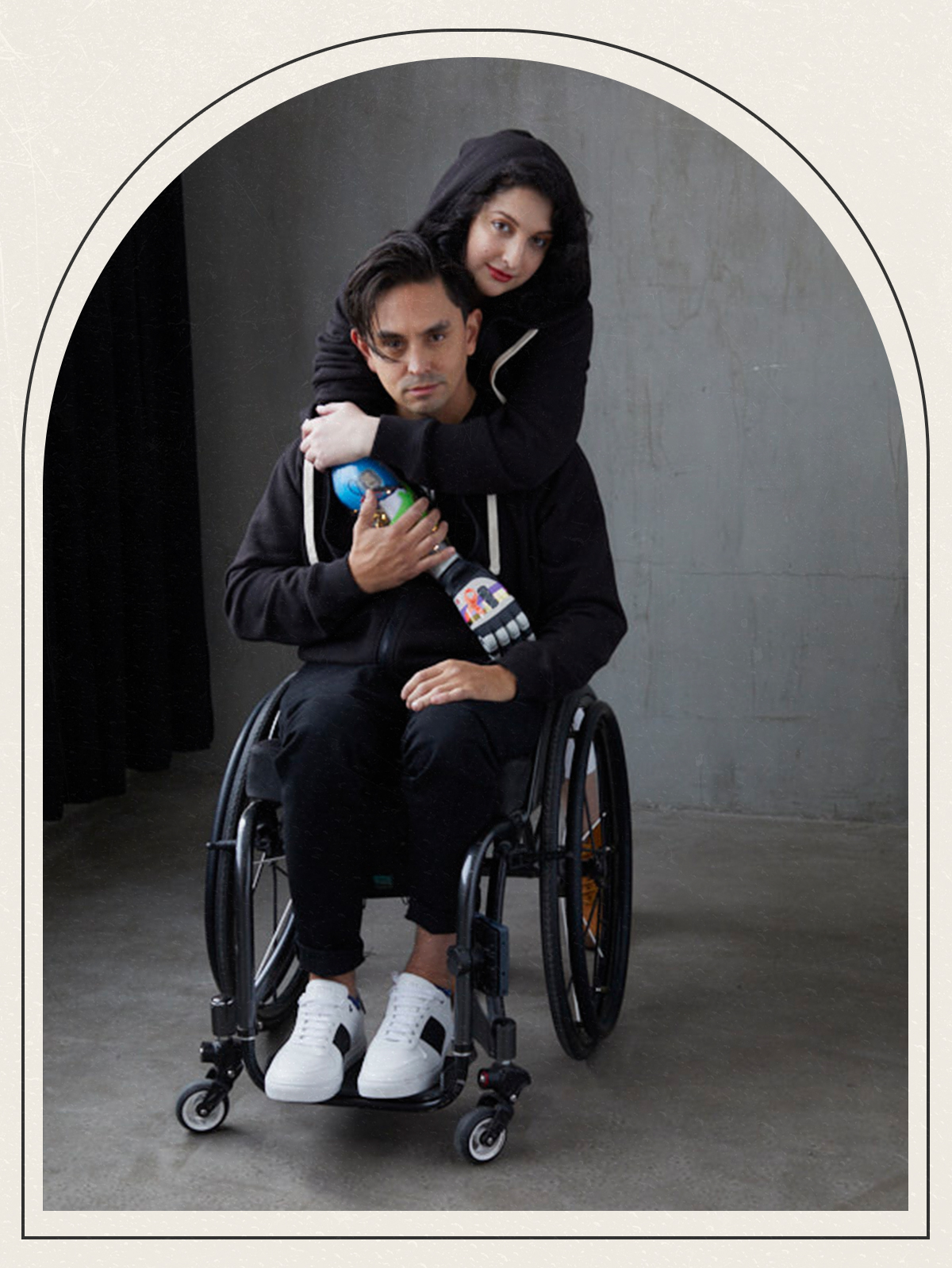
Across social, a conversation has been bubbling about how it’s great to see large brand names create adaptive clothing, but the pieces have been either too expensive or inaccessible to consumers who actually need adaptive clothing. Why is it important to remind people that there need to be more adaptive brands in the marketplace?
Fundamentally, we all have the exact basic human needs, one of which is clothing. You would never want to deny people with disabilities any other basic human need, so why should clothing be an exception? In regards to affordability, I think this is where universal design shines as a unique solution. When something is universally designed, it caters to a broader consumer base. With a wider consumer base, a universally designed line like Social Surge has the opportunity to place a larger bulk purchase order with their manufacturer, thus driving down the cost for the consumer.
What do you hope people take away from your work?
I hope disabled people take away that their needs in regards to clothing are not a burden. I want disabled people to know that they are so incredibly worthy of access to stylish clothing. I also want to show people that we box ourselves in and stifle our self-expression and creativity when we let our style be influenced by stereotypes put on clothing. I want people to take away that their abundance doesn’t deserve to be crammed in a box.
Other than your own company, are there any adaptive-clothing brands that you love?
I am a big fan of the Chicago-based brand Rebirth Garments, the accessory brand Ffora, and the adaptive-underwear brand Slick Chicks. I would love to collaborate with all of them at some point.
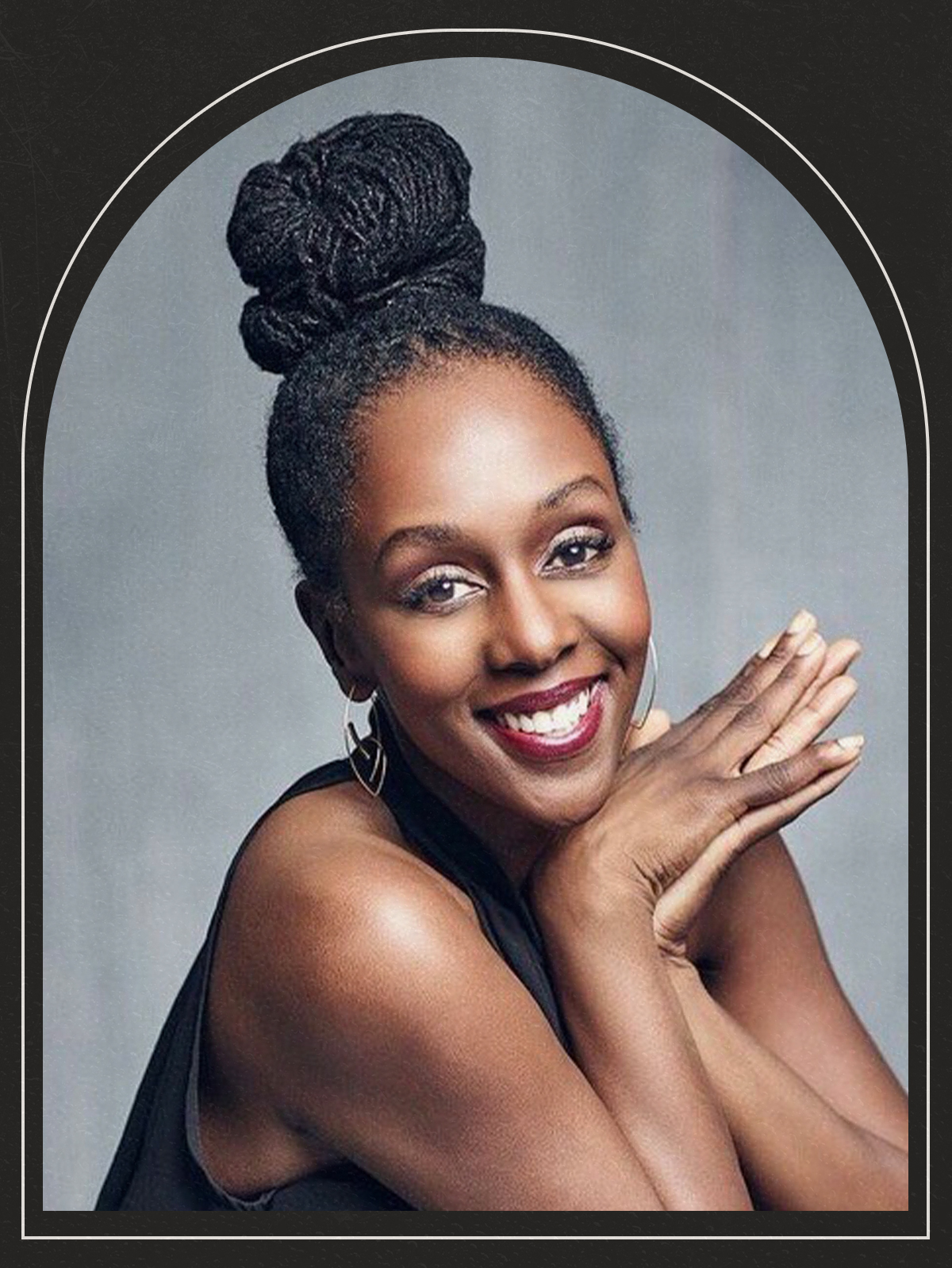
WHO: Stephanie Thomas, founder of Cur8able, disability fashion consultant
Your site is all about curating the best adaptive clothing—what compelled you to start your business?
You wouldn’t know it, but I have a non-severe disability myself. I began my company over a decade ago as a styling service to curate clothing on my site and clients. I want to encourage people to dress the way they see themselves in their minds, which started me on my journey.
How do you define adaptive clothing?
The future of adaptive clothing is human-centered, universally designed clothing. For brands that want to be genuinely innovative, designing with disabilities in mind will be considered at the beginning of the process.
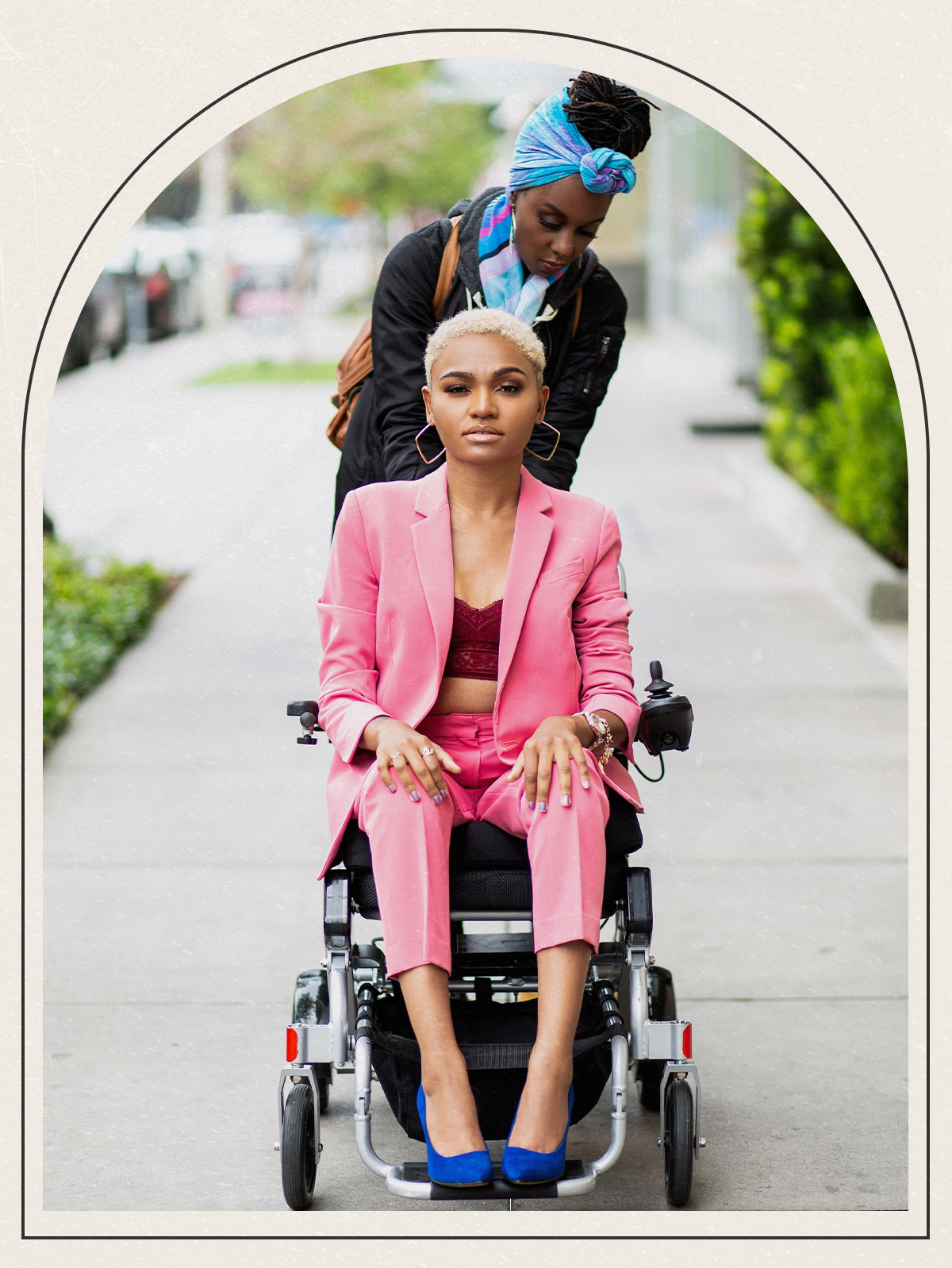
The fashion industry often misses the mark when it comes to producing stylish clothing that is inclusive in every sense. How do you think we can begin to destigmatize disabilities and normalize adaptive, fashion-forward pieces?
Let me preface this by saying that I love fashion. I am in awe of the industry’s creativity, brilliance, storytelling, and design talent. However, as a woman with a disability, I fully understand our power, and the industry is not doing us a favor. Anyone can become injured or become a person with a disability at any moment. We are one of the largest minority groups in this nation. You can’t solve this issue by doing one inclusive campaign or sending out press releases for "design for all.” This is work the industry should have already been doing, and doing it now comes off as tone-deaf.
I think the question industry gatekeepers, designers, the industry writ large need to ask themselves is, How does the fashion industry face and address its ableism? How does the fashion industry transform a fashion system established to exclude? Does the fashion industry really want to be inclusive? And if the industry is dedicated to being genuinely inclusive, it will hire people with disabilities throughout the industry and pay them livable wages. Education happens through interaction, and the industry must be dedicated to learning disability culture without erasing the intersectionality within the disability communities.
Across social, a conversation has been bubbling about how it’s great to see large brand names create adaptive clothing, but the pieces have been either too expensive or inaccessible to consumers who actually need adaptive clothing. Why is it important to remind people that there need to be more adaptive brands in the marketplace?
I disagree with the sentiment that adaptive clothing is inaccessible to the disabled community. We are not a monolith. Our community consists of fast-fashion shoppers, bridge-brand shoppers, luxury shoppers, pre-owned shoppers, etc. Honestly, if business professionals can’t sit down with the data and determine a viable, profitable chopping block for their organization, that is a problem. Our money is also green. Our cards swipe. Our Bitcoins spend the same way. What is it about design for the disabled community that makes us so different?
What do you hope people take away from your work?
I want everyone to be able to dress with as much dignity and independence as possible! And I want the fashion industry to stop throwing us crumbs and get serious about understanding the disabled community. We can design beautiful clothing that will benefit everyone. In my first decade of following apparel and retail trends for people with disabilities, I kept trying to convince people with disabilities that they wanted and needed adaptive clothing no matter where it came from—I was so wrong. I’m glad I listened because I heard the desire for community, fashion choice, participating in the social aspect of shopping without limits.
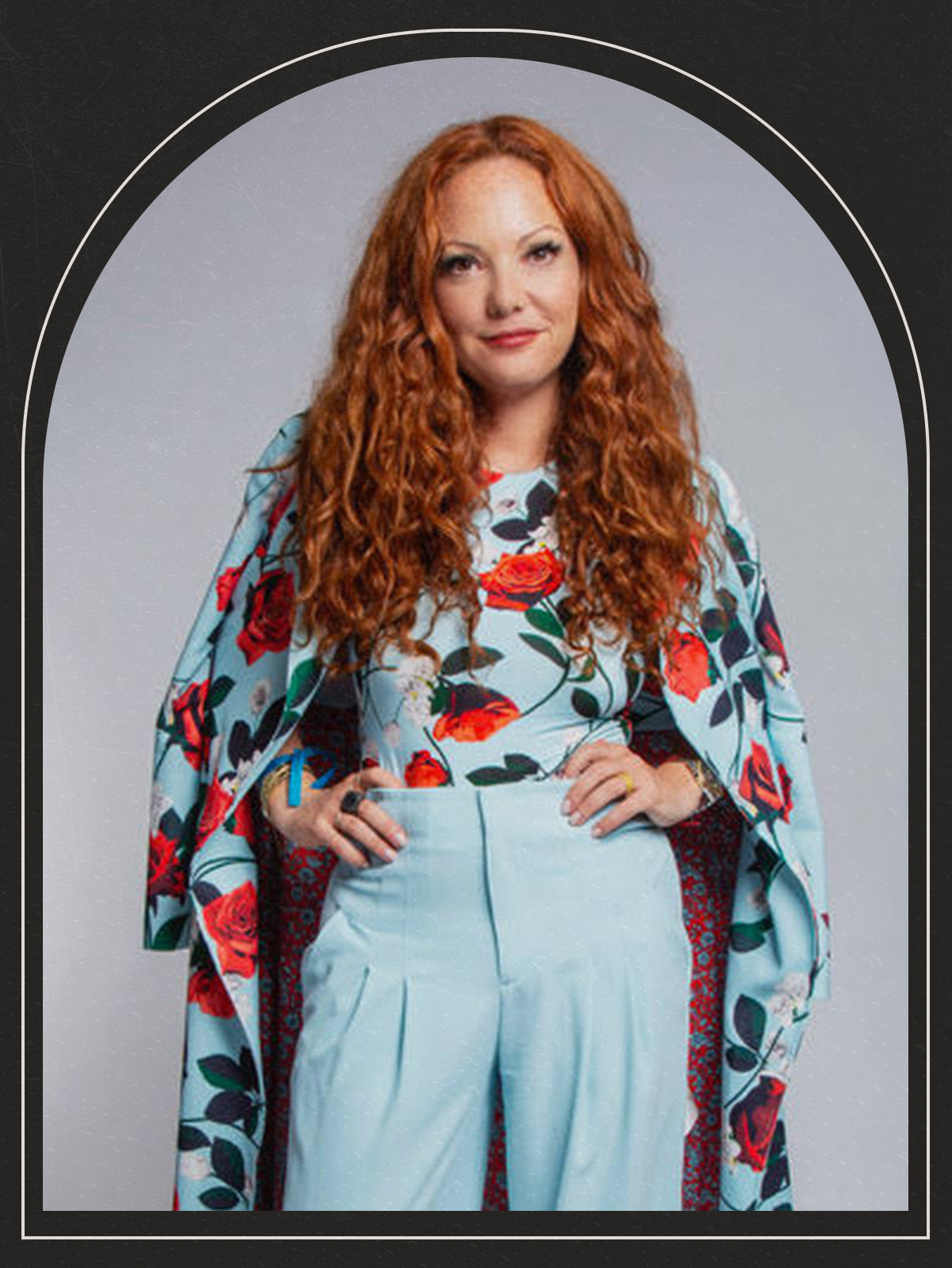
WHO: Mindy Scheier, CEO and founder of Runway of Dreams and Gamut Management
Let’s start at the beginning: What compelled you to enter the adaptive-clothing market?
My child, Oliver, who has a rare form of muscular dystrophy, wanted to wear jeans like every other kid in school. Until that point, he had only worn sweatpants to dress and use the bathroom independently. Knowing how much it meant to him, I sat at my dining room table armed with a pair of scissors and used my skills as a fashion designer to modify a pair of jeans using Velcro and creative stitching. That moment in time compelled me to ask myself, "If my son was struggling with clothing challenges, what about the other one billion people with a disability on our planet?” So I started conducting extensive research on the cross section of clothing challenges and vastly different disabilities.
Upon completion of the research, I developed modifications for mainstream clothing that would help meet the needs of the largest minority in our world—people with disabilities. I launched Runway of Dreams Foundation with a "small” goal of changing the fashion industry. I am so honored that, in 2016, we partnered with Tommy Hilfiger to make fashion history by launching the first-ever mainstream adaptive clothing line for kids, which has now become Tommy Hilfiger Adaptive, available for both kids and adults.
How would you define adaptive clothing?
Adaptive clothing was created for people with varying disabilities and designed to make dressing easier for those who cannot dress independently and the aging population. However, "adaptive” certainly does not mean "lack of style.” Some modifications include Velcro and magnet closures, sensory-friendly options, wheelchair-friendly options, alternate ways to get the product on and off the body, and adjustability. These modifications can be implemented into mainstream apparel/design so that function and fashion can live together.
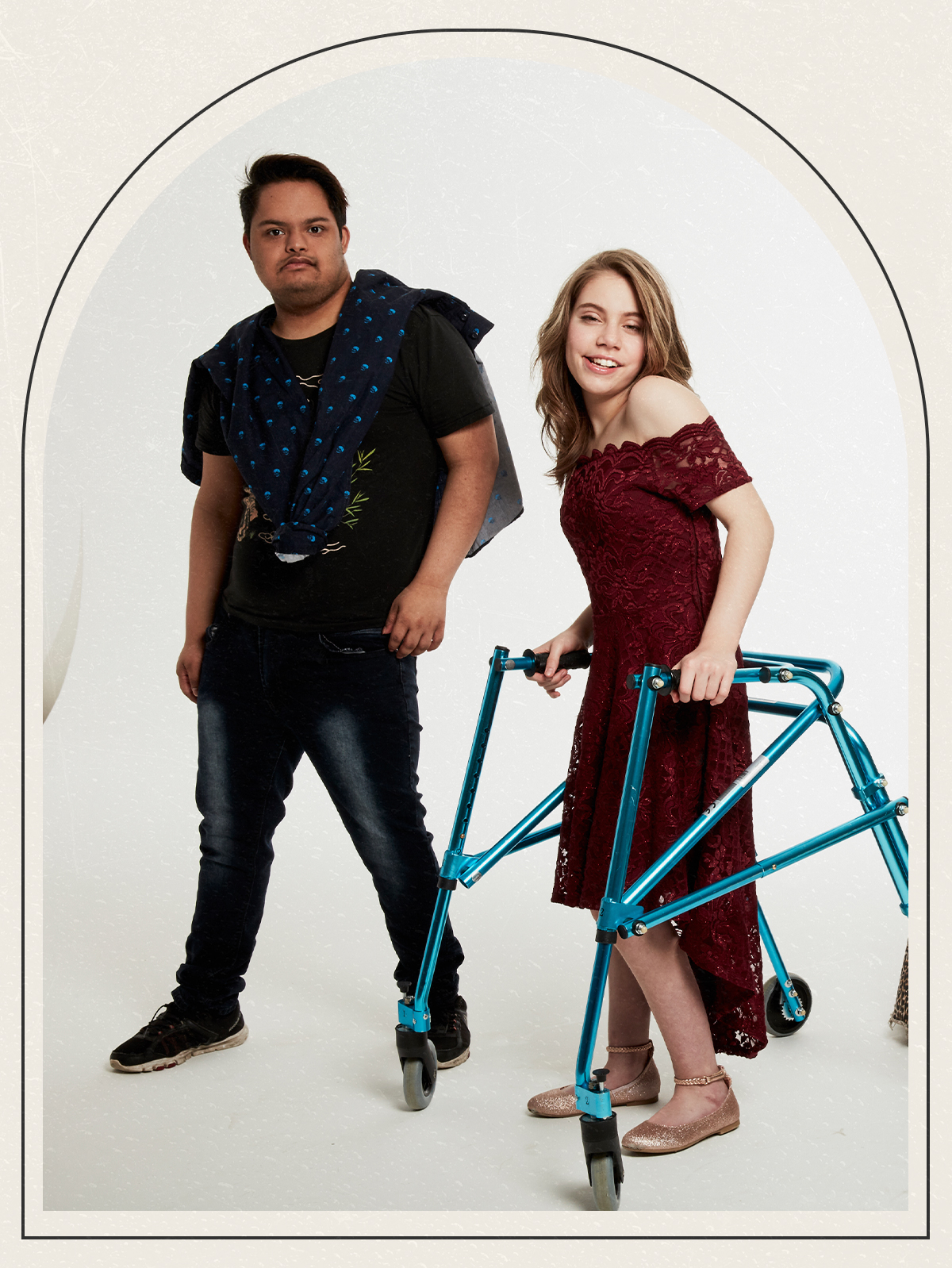
Fashion is rooted in ableism—what do you think the industry can actually do to be more inclusive, and what are your hopes for the future of fashion?
To be truly inclusive, it’s crucial to think about who’s not in the room being represented. It was vital for me to have mainstream brands create adaptive lines and the smaller independent fashion lines, as adaptive clothing is no different from plus-size or petite. Education is vital for any brand, and we encourage the brands we work with to host focus groups and panels to connect with the consumer whose voices they may be missing. My hope for the future of fashion is that all mainstream brands will join the adaptive movement.
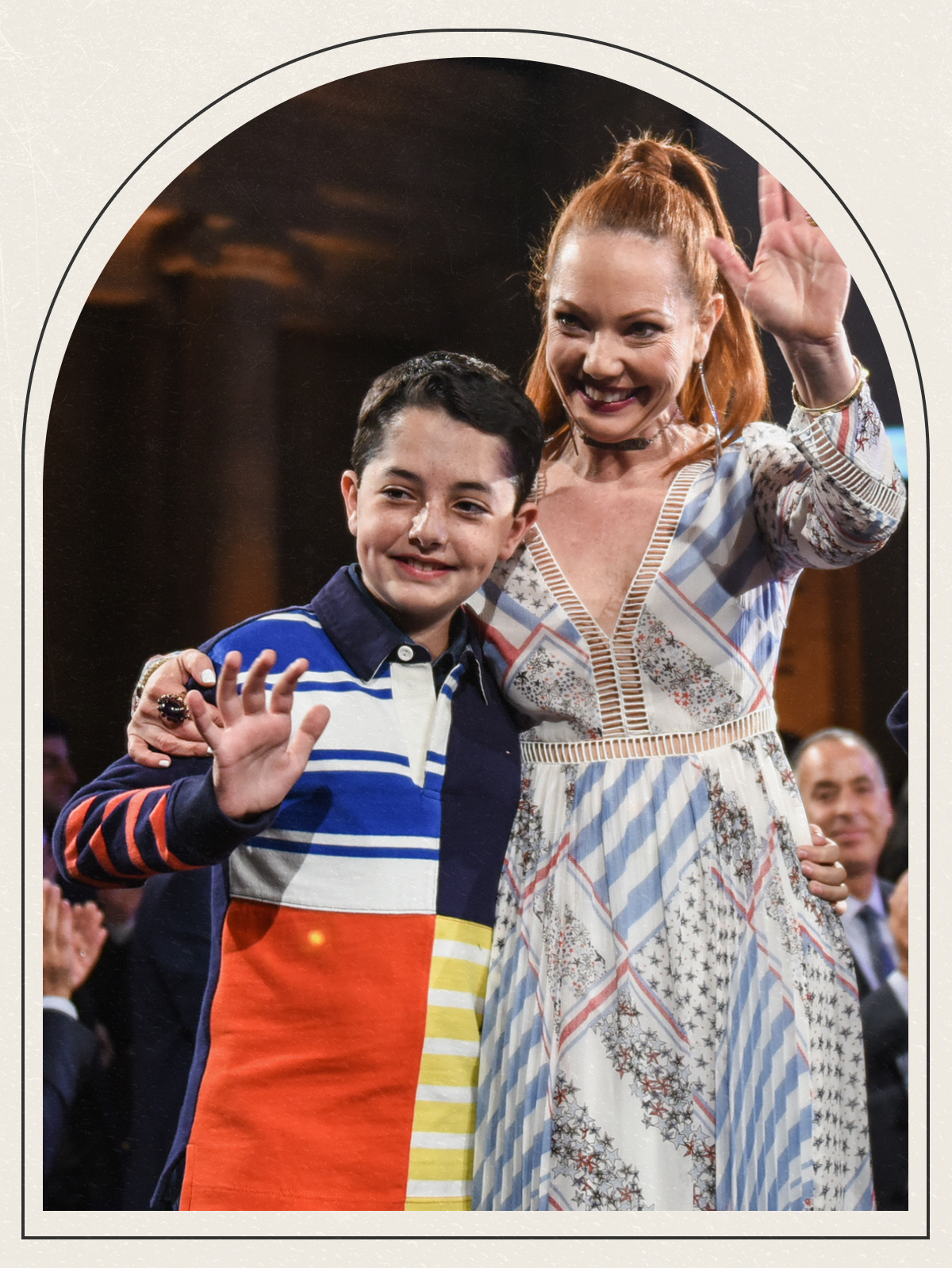
The fashion industry often misses the mark when it comes to producing stylish clothing that is inclusive in every sense. How do you think we can begin to destigmatize disabilities and normalize adaptive, fashion-forward pieces?
Before 2016, adaptive clothing was viewed as medical versus styling. There were no mainstream brands in the adaptive space. Having household brands like Tommy Hilfiger and Target offer adaptive options helps destigmatize PWDs and helps the industry understand that they are missing out on many customers. Inclusion is not an initiative—it’s a business opportunity! Everyone deserves the right to express themselves through fashion and how they present themselves to the world.
Your foundation decided to produce its very own adaptive fashion show—how did this come to be? What’s the intention behind the event?
We wanted to show the world that people with disabilities are consumers too and should be a part of the fashion "conversation,” and no better place to do that than on a runway in NYC! One year after the first mainstream children’s line was launched, Tommy Hilfiger, Target, Zappos.com, and Nike entered the adaptive market, and Kohl’s shortly after.
Since then, each year, a new mainstream brand has entered the market. For example, JCPenney is launching its first adaptive line on the Runway of Dreams runway this September! Our first adaptive fashion show was an actual rally call to the fashion industry. This year, we will have the largest show yet, with over 50 models with different disabilities, ages, and ethnicities wearing adaptive products from six mainstream brands all sharing one runway. This is what makes change happen!
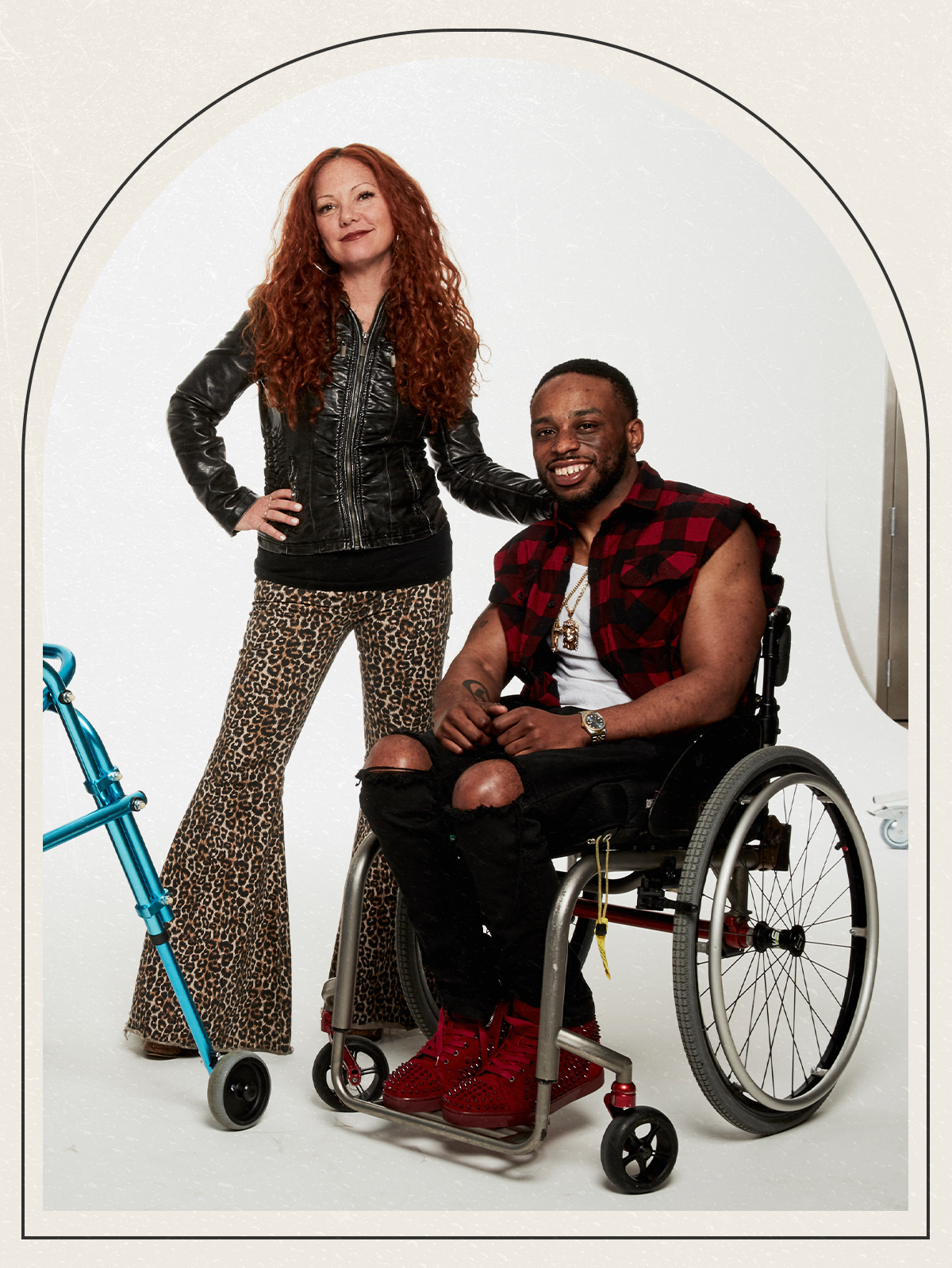
Across social, a conversation has been bubbling about how it’s great to see large brand names create adaptive clothing, but the pieces have been either too expensive or inaccessible to consumers who actually need adaptive clothing. Why is it important to remind people that there need to be more adaptive brands in the marketplace?
This is one of Runway of Dreams’ biggest missions. Part of our work within the industry is to understand that people with disabilities are in every social-economic category. We advocate for brands and retailers to offer adaptive products at every price point. Runway of Dreams also offers wardrobe grants to give funds to individual families or facilities to be able to purchase new adaptive clothing.
What do you hope people take away from your work?
When I started, I was a mom who realized her child could not express himself through style and fashion. So much of our self-esteem and confidence is expressed through how we present ourselves to the world. I want people to be inspired to start a movement, advocate for change, and stand up.
Next: 6 Models on Ableism, Visibility, and Personal Style

Jasmine Fox-Suliaman is a freelance writer and editor living in New York City. What began as a pastime (blogging on Tumblr) transformed into a lifelong passion for unveiling the connection between fashion and culture on the internet and in real life. Over the last decade, she's melded her extensive edit and social background to various on-staff positions at Who What Wear, MyDomaine, and Byrdie. More recently, she’s become a freelance contributor to other publications including Vogue, Editorialist, and The Cut. Off the clock, you can find her clutching her cell phone as she's constantly scrolling through TikTok and The RealReal, in search of the next cool thing.
-
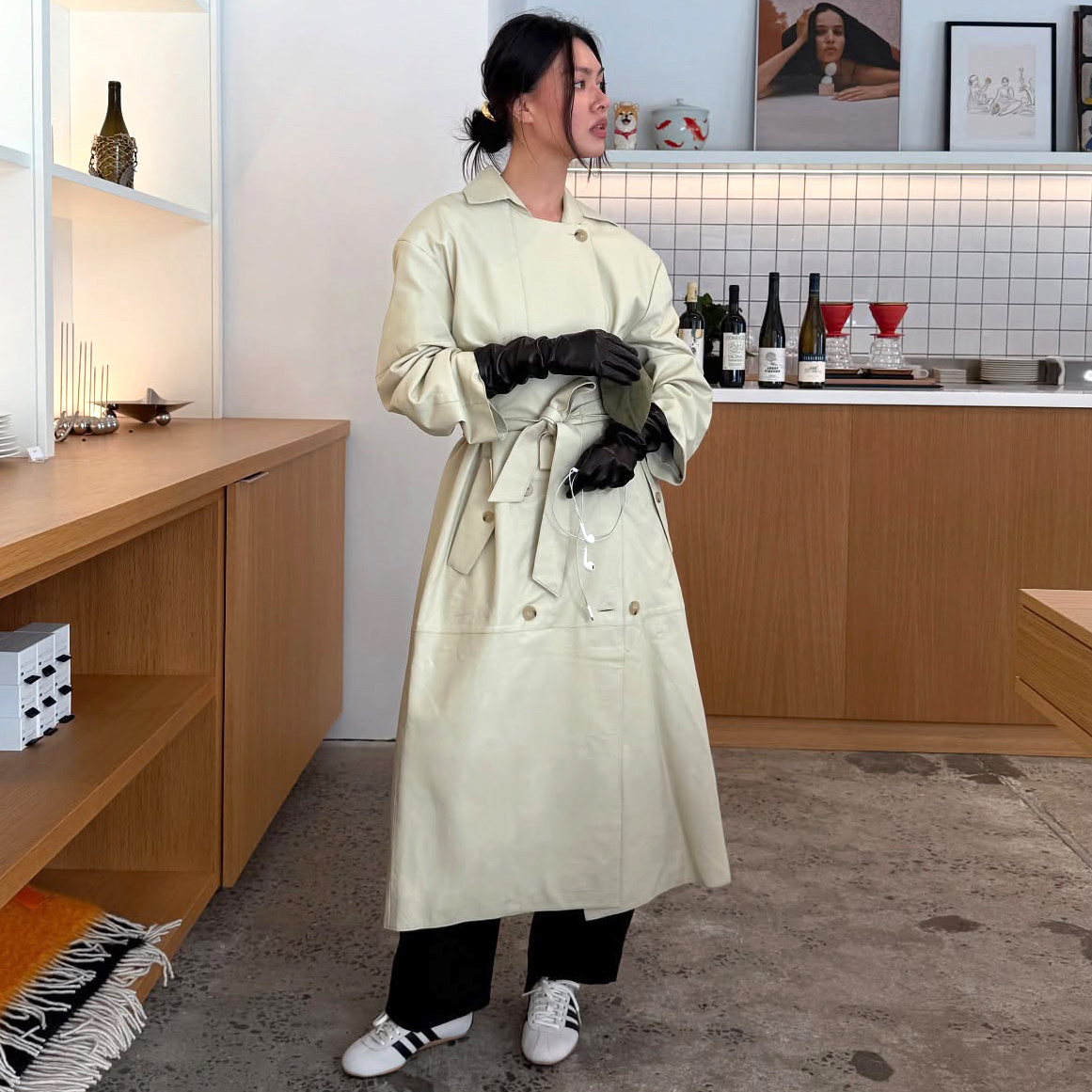 My Friend Gave Me a $550 Budget to Update Her Spring Wardrobe—Here's What I Ordered
My Friend Gave Me a $550 Budget to Update Her Spring Wardrobe—Here's What I OrderedI narrowed it down to eight key pieces.
By Jennifer Camp Forbes
-
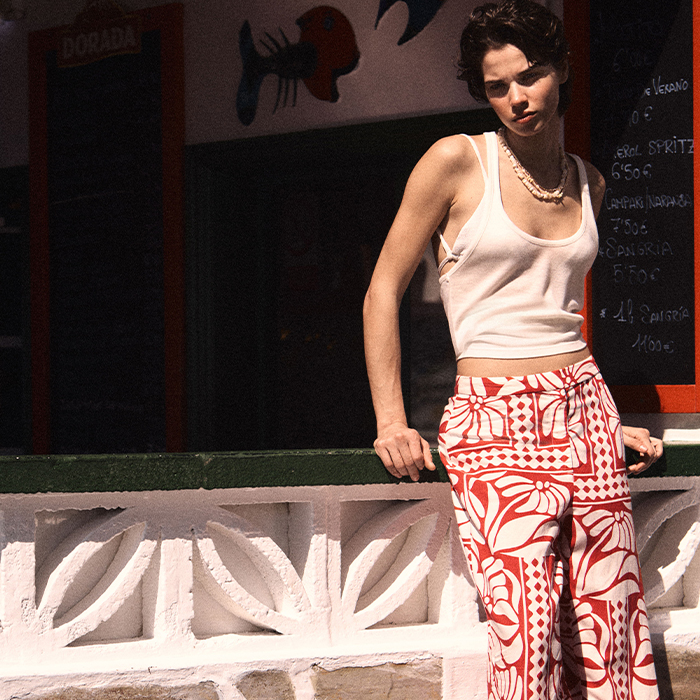 I’ll Clue You In—Fashion People Are All Freaking Out Over These 33 Spring H&M New Arrivals
I’ll Clue You In—Fashion People Are All Freaking Out Over These 33 Spring H&M New ArrivalsGorgeous warm-weather styles ahead.
By Chichi Offor
-
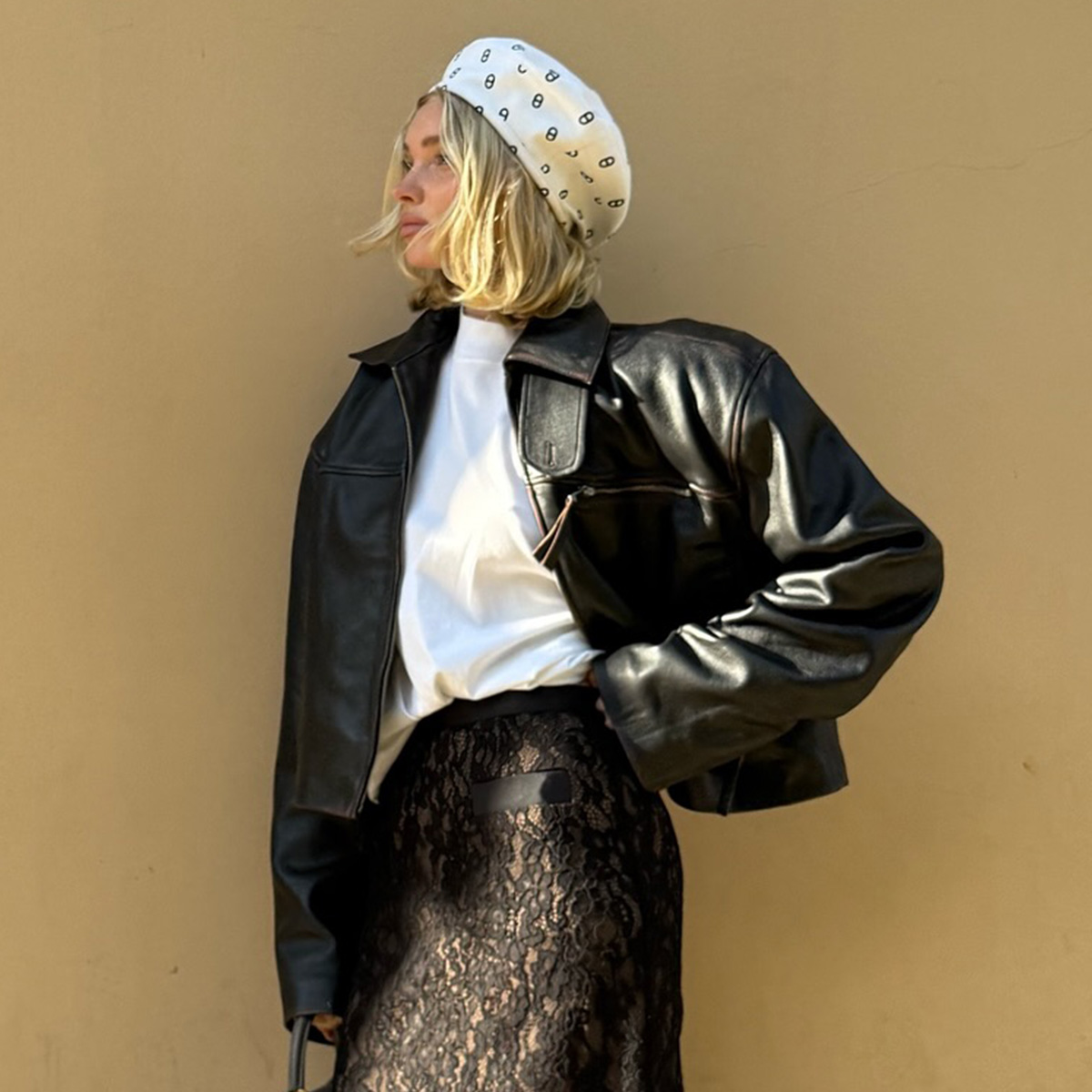 Got Taste? I Picked 37 Revolve Items Just for You
Got Taste? I Picked 37 Revolve Items Just for YouEnjoy.
By Eliza Huber
-
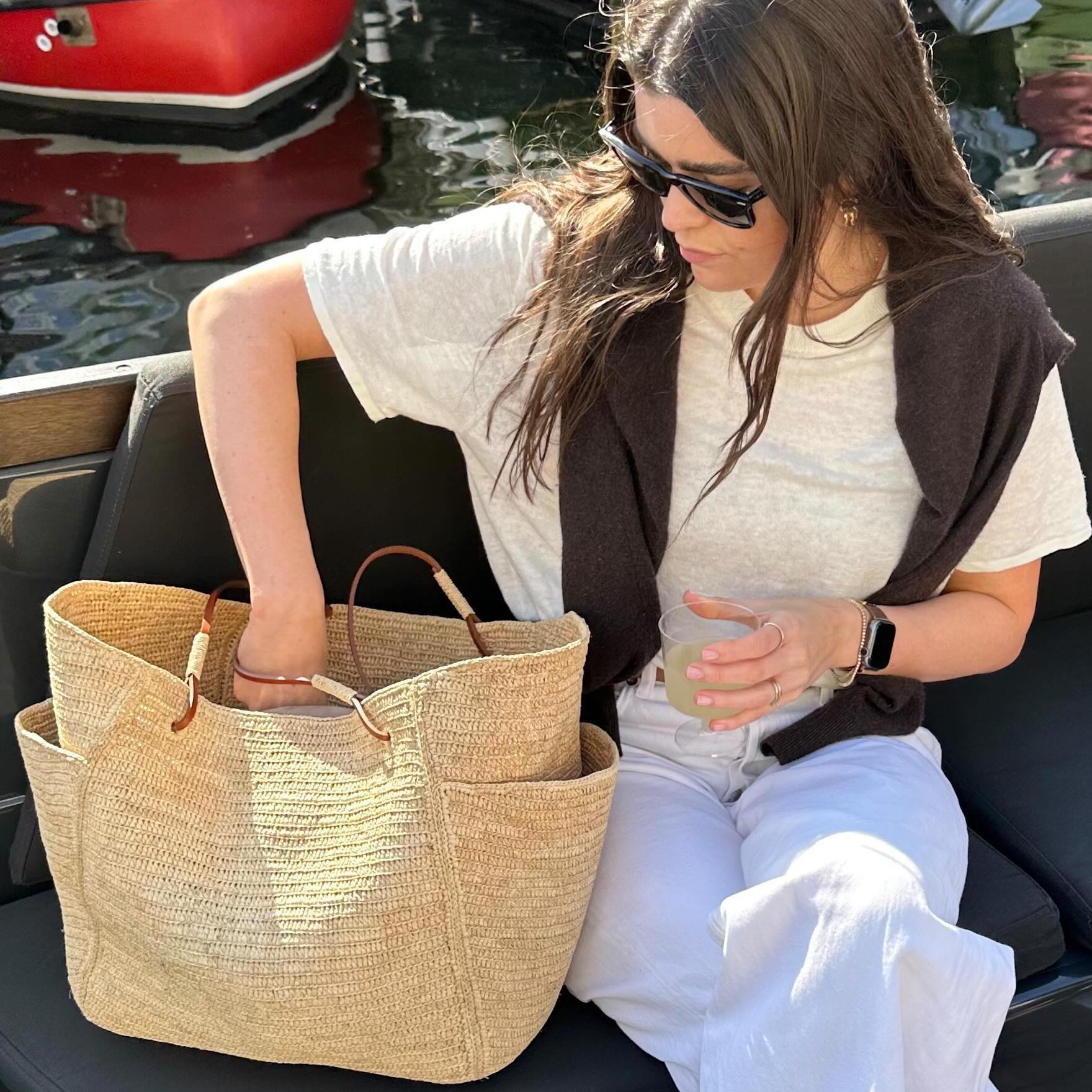 Effortless Cool-Girl Vibes Are the Goal—26 Sale Picks From J.Crew and Gap That Fit the Bill
Effortless Cool-Girl Vibes Are the Goal—26 Sale Picks From J.Crew and Gap That Fit the BillHello, spring.
By Jennifer Camp Forbes
-
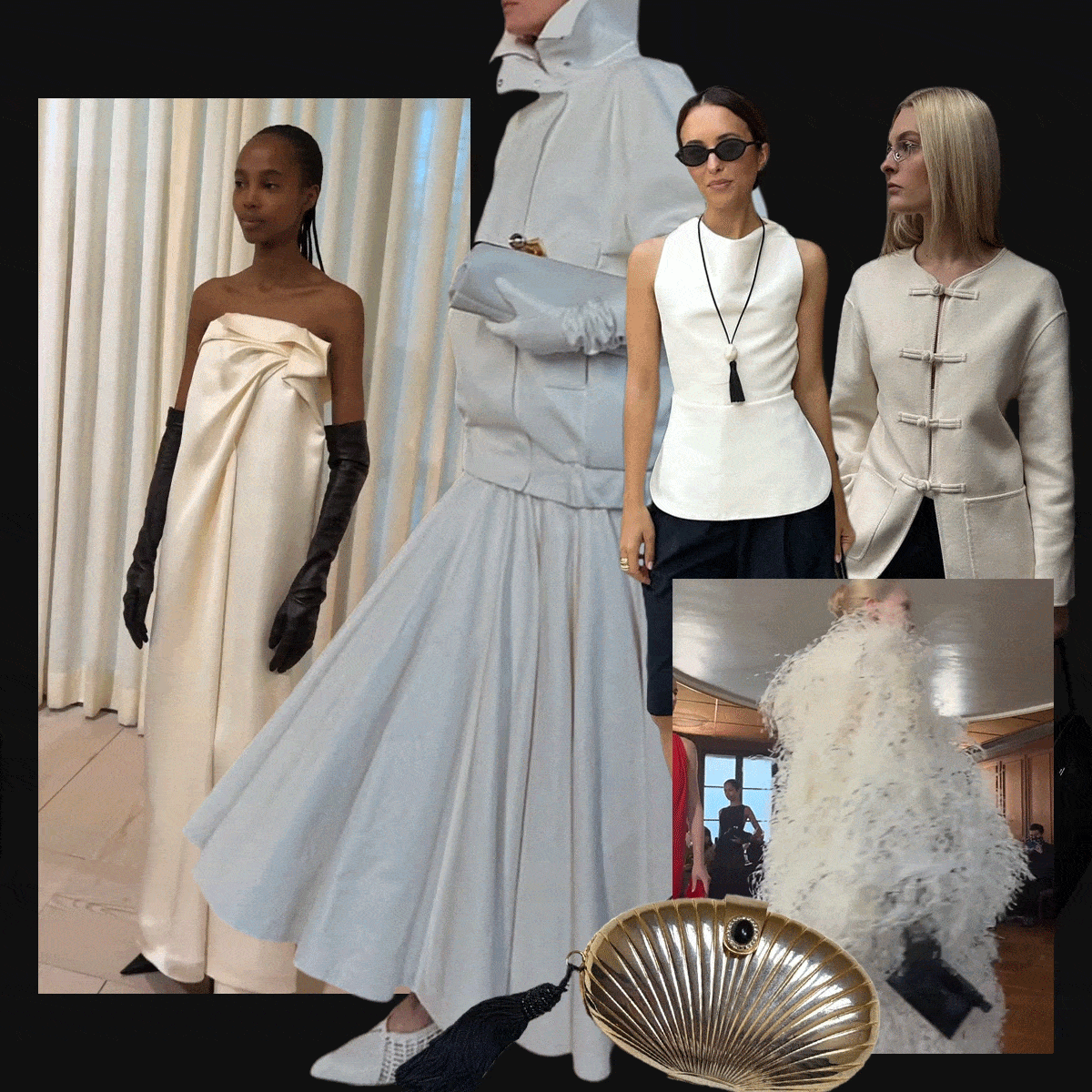 Opulent Minimalism Is My Entire Spring Mood—I'll Explain With These 31 Finds
Opulent Minimalism Is My Entire Spring Mood—I'll Explain With These 31 FindsSatin! Fringe! Tweed!
By Anna LaPlaca
-
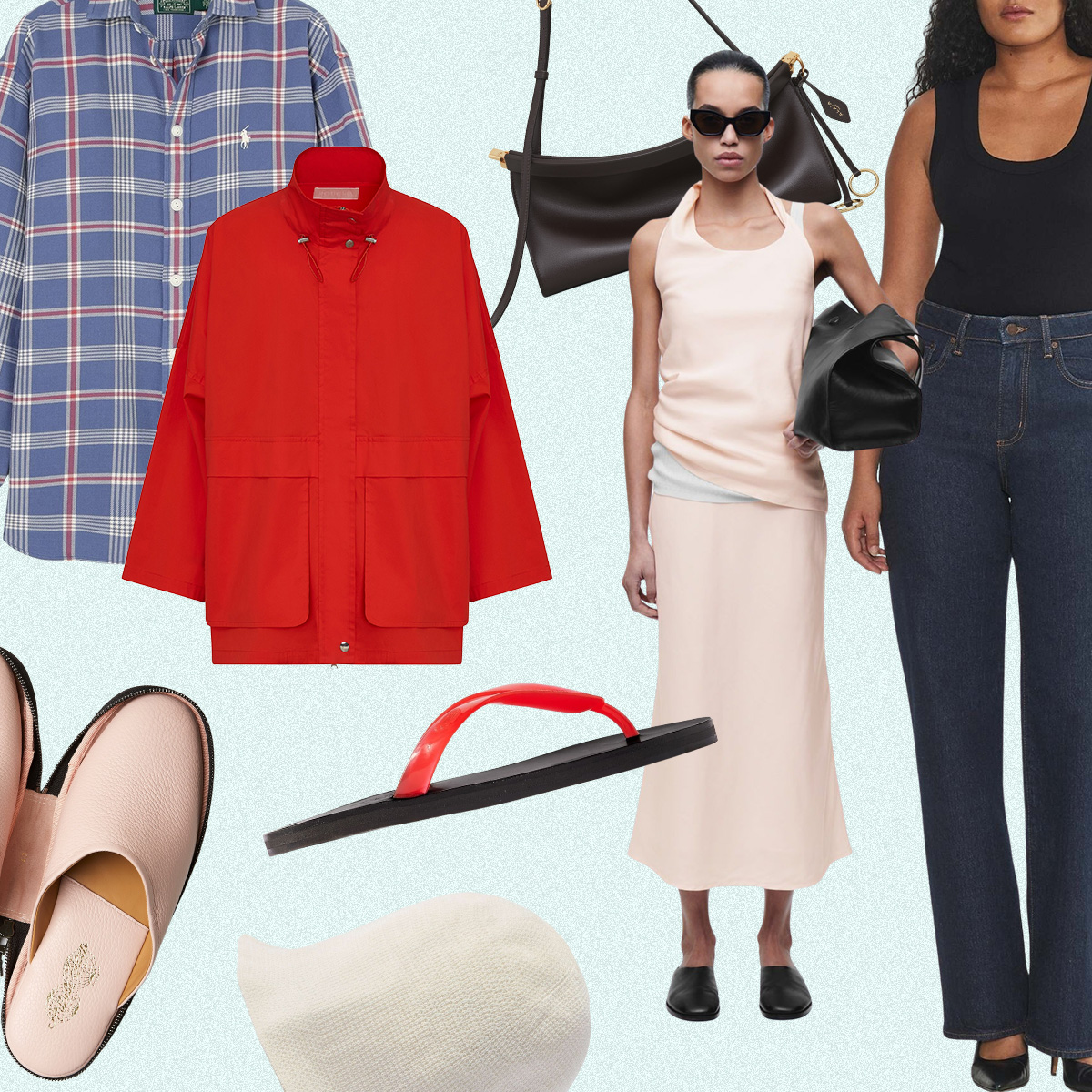 Just Some Really Good Buys for Spring—That's All
Just Some Really Good Buys for Spring—That's AllThank me later.
By Eliza Huber
-
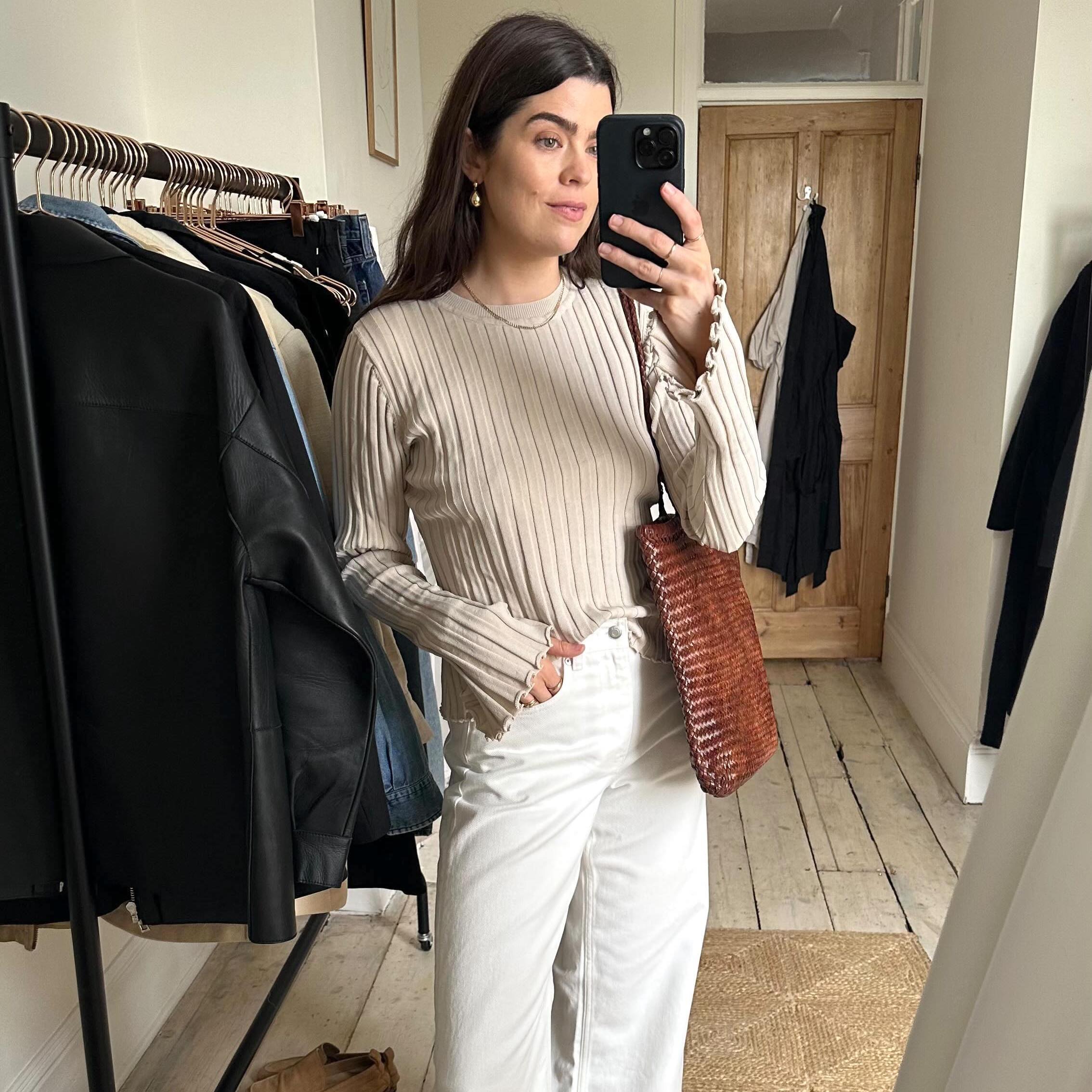 Style Rut? I Have Something for That—33 Stellar Spring Picks From Nordstrom, Zara, and Madewell
Style Rut? I Have Something for That—33 Stellar Spring Picks From Nordstrom, Zara, and MadewellI see chic outfits in your future.
By Jennifer Camp Forbes
-
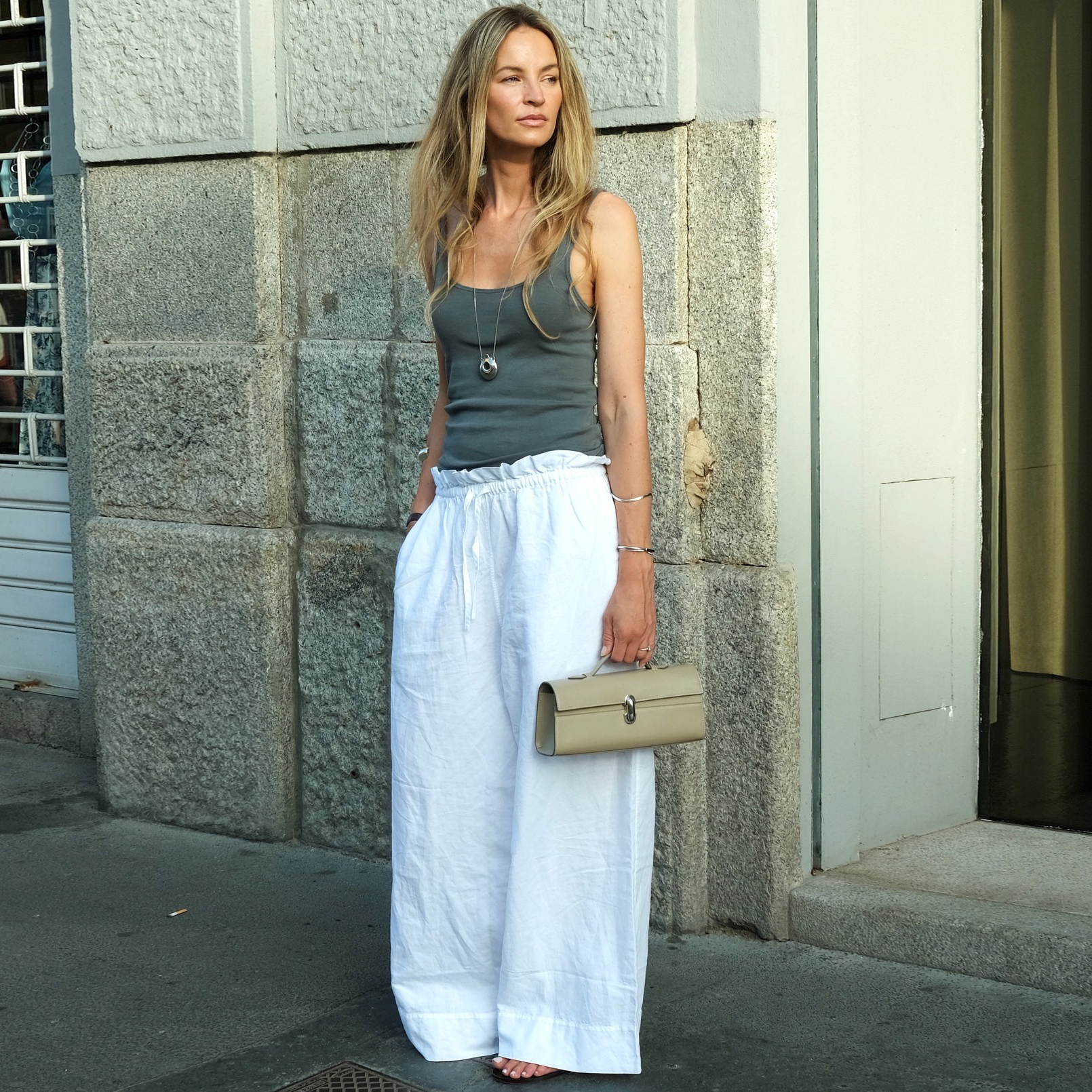 Zara's Linen Collection Is Top-Notch—27 Pieces That Have My Attention
Zara's Linen Collection Is Top-Notch—27 Pieces That Have My AttentionThe pants alone are worth checking out.
By Jennifer Camp Forbes
